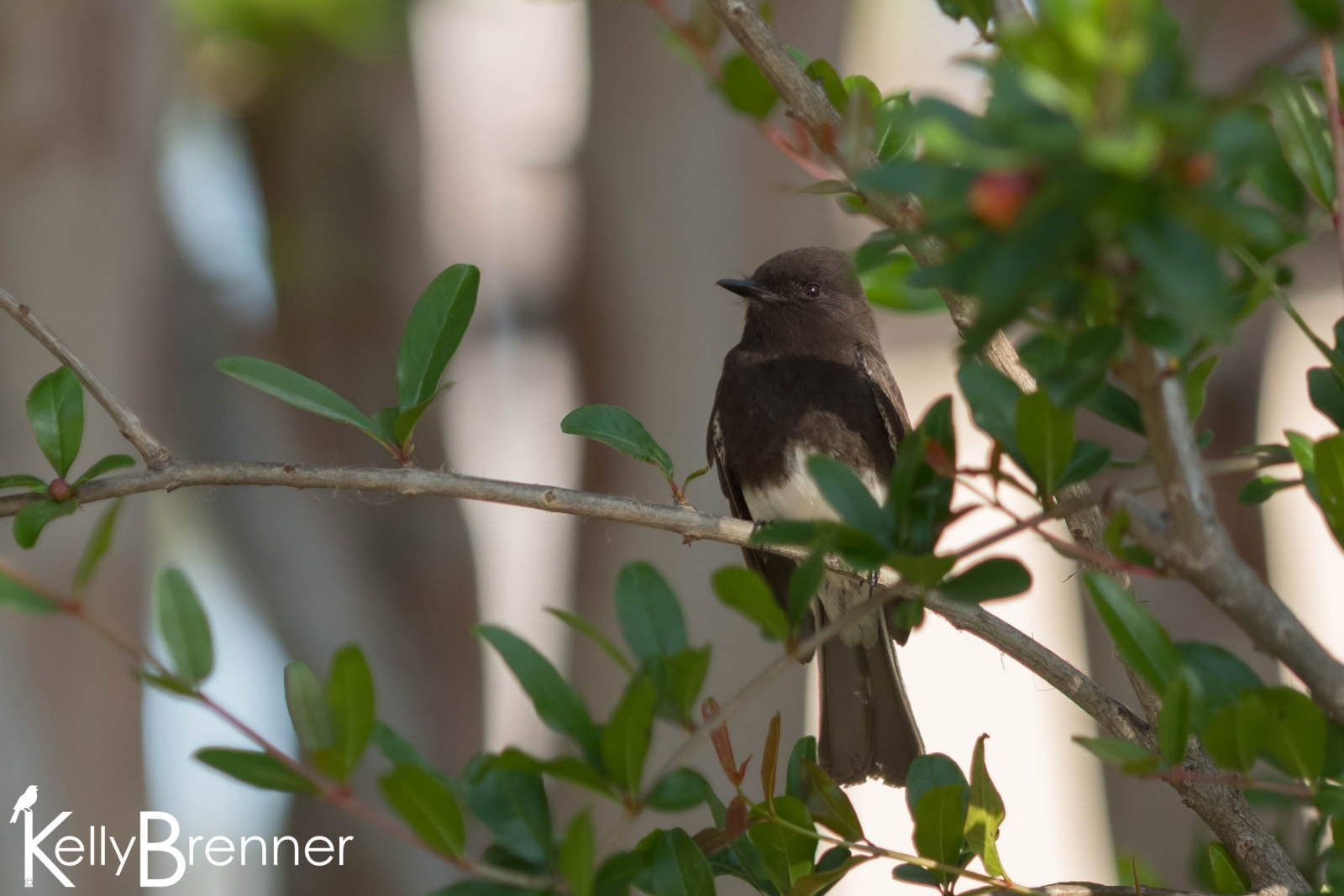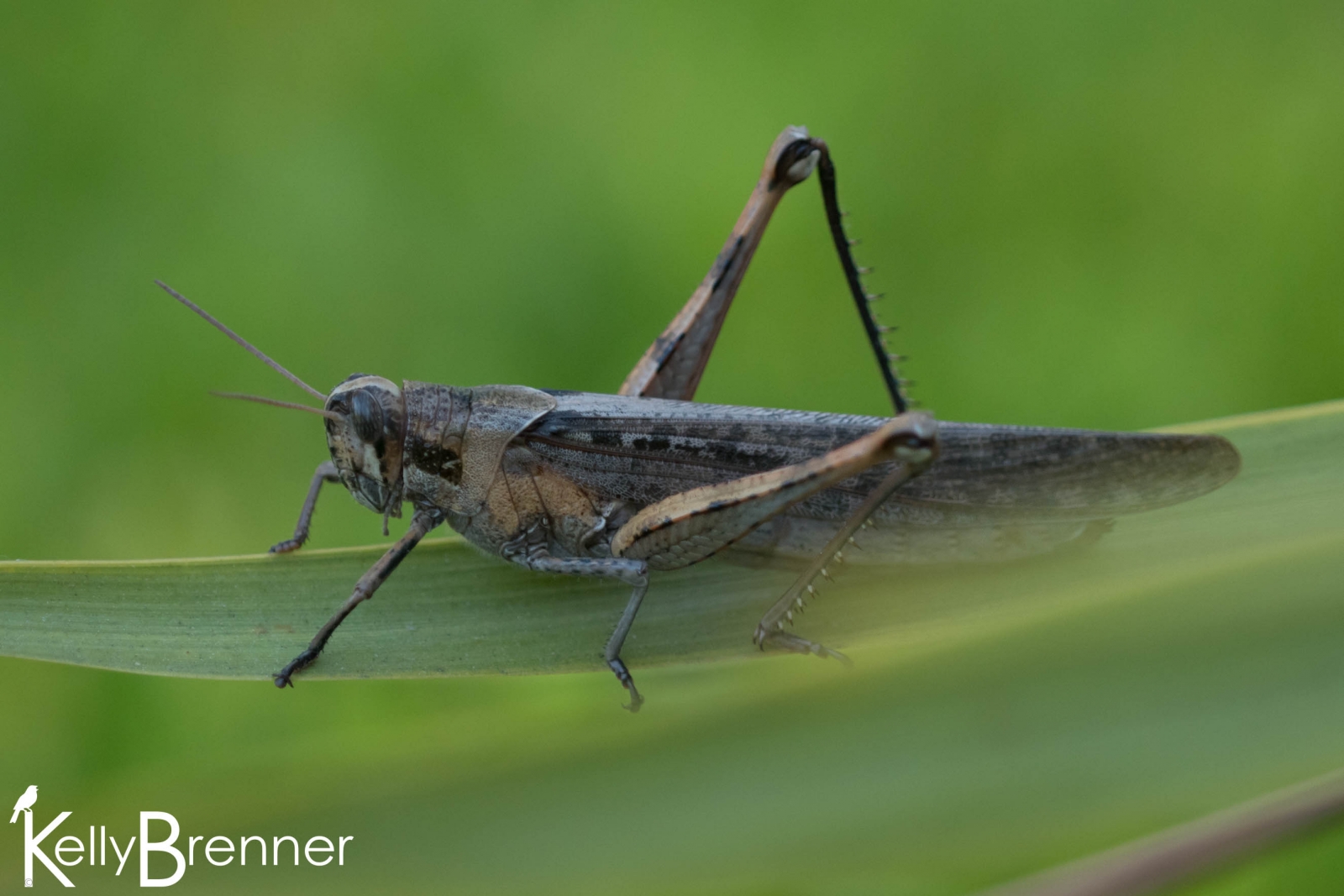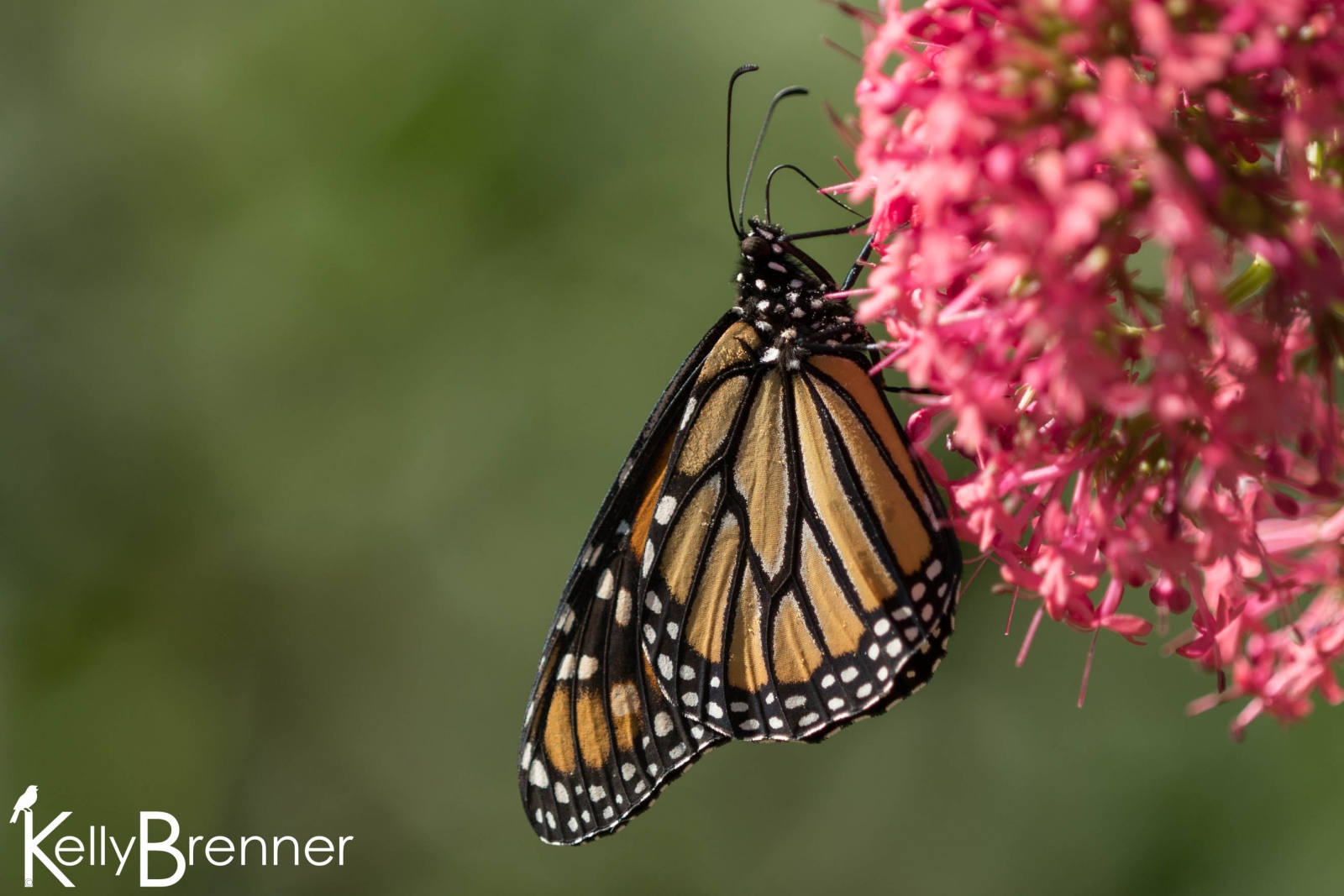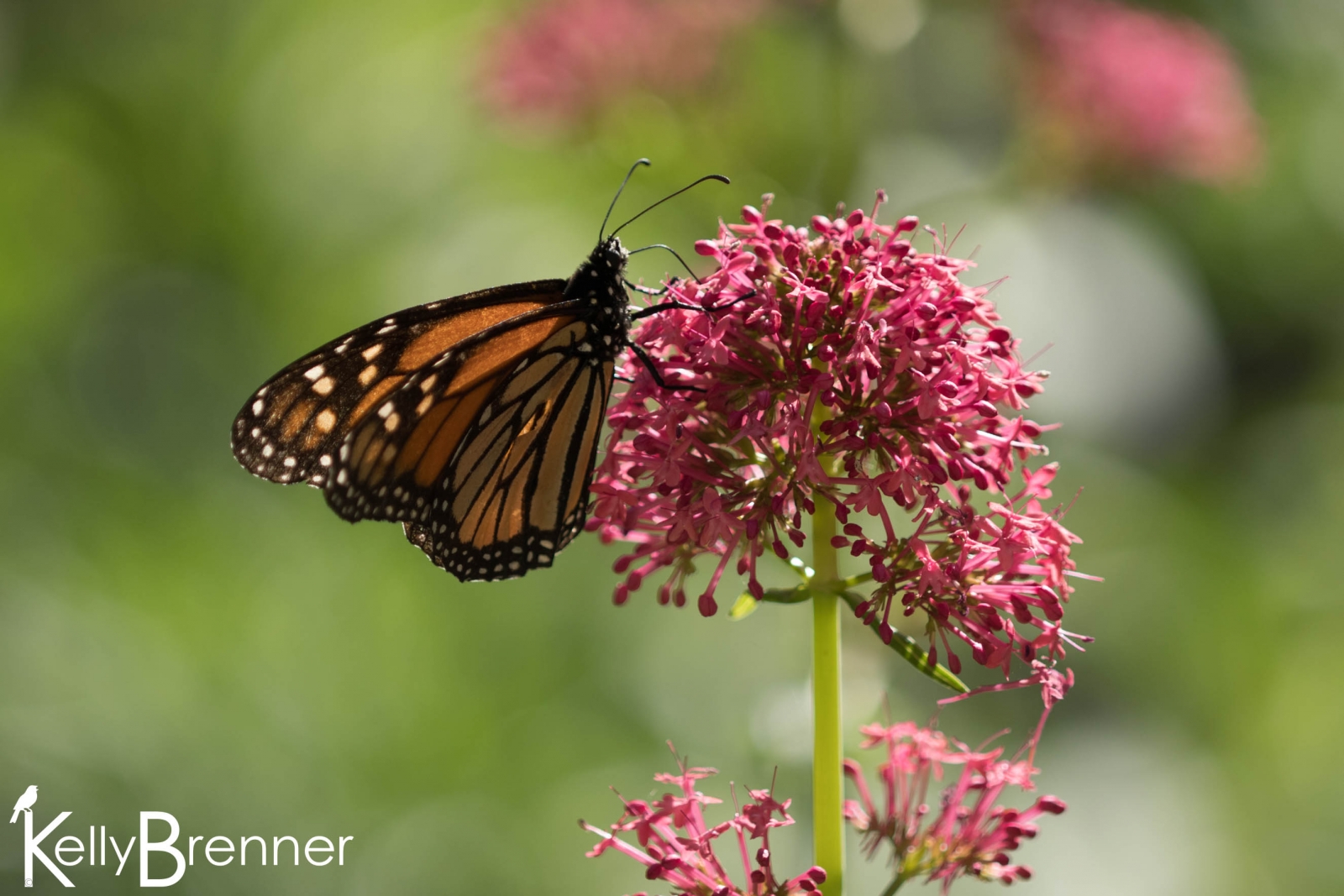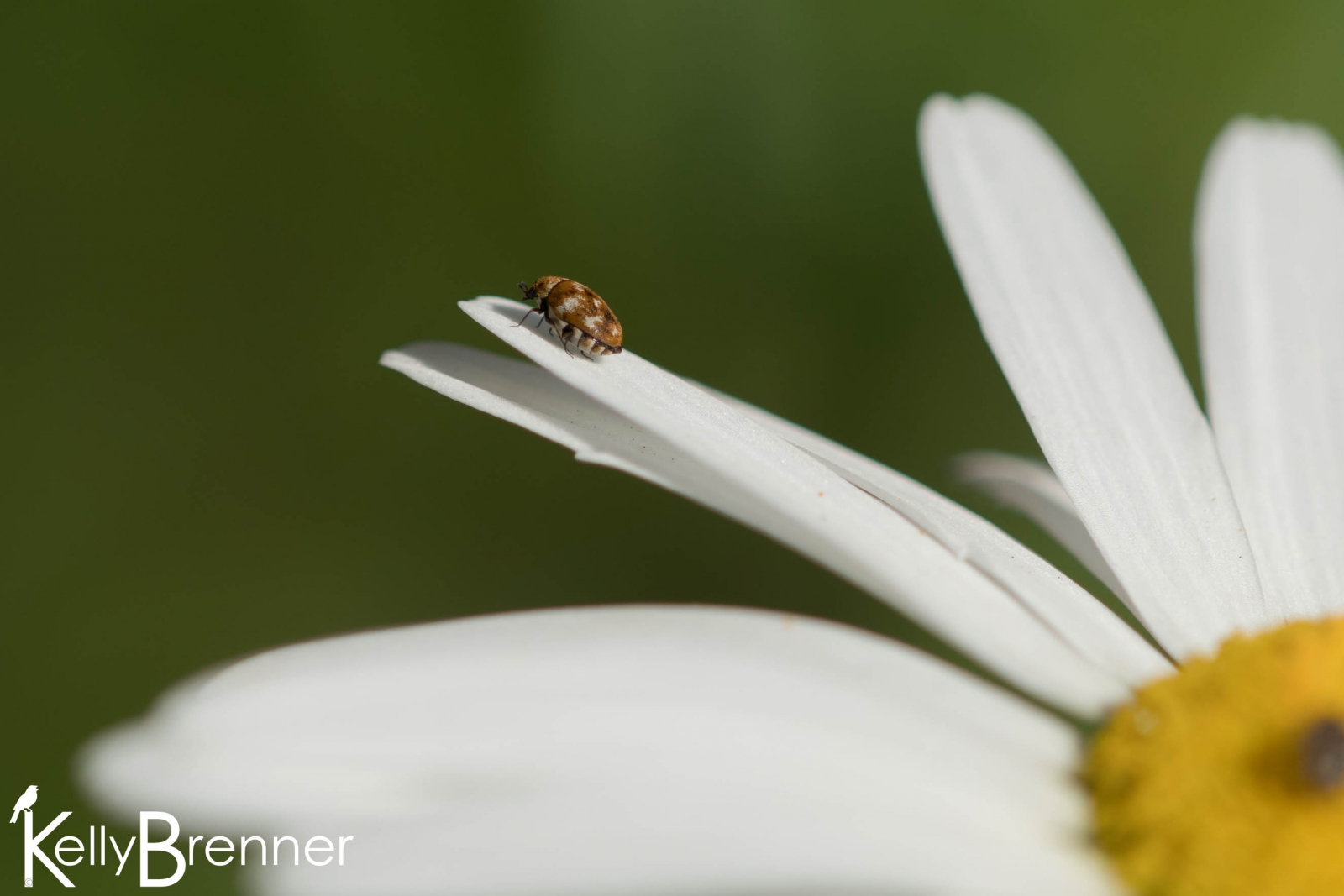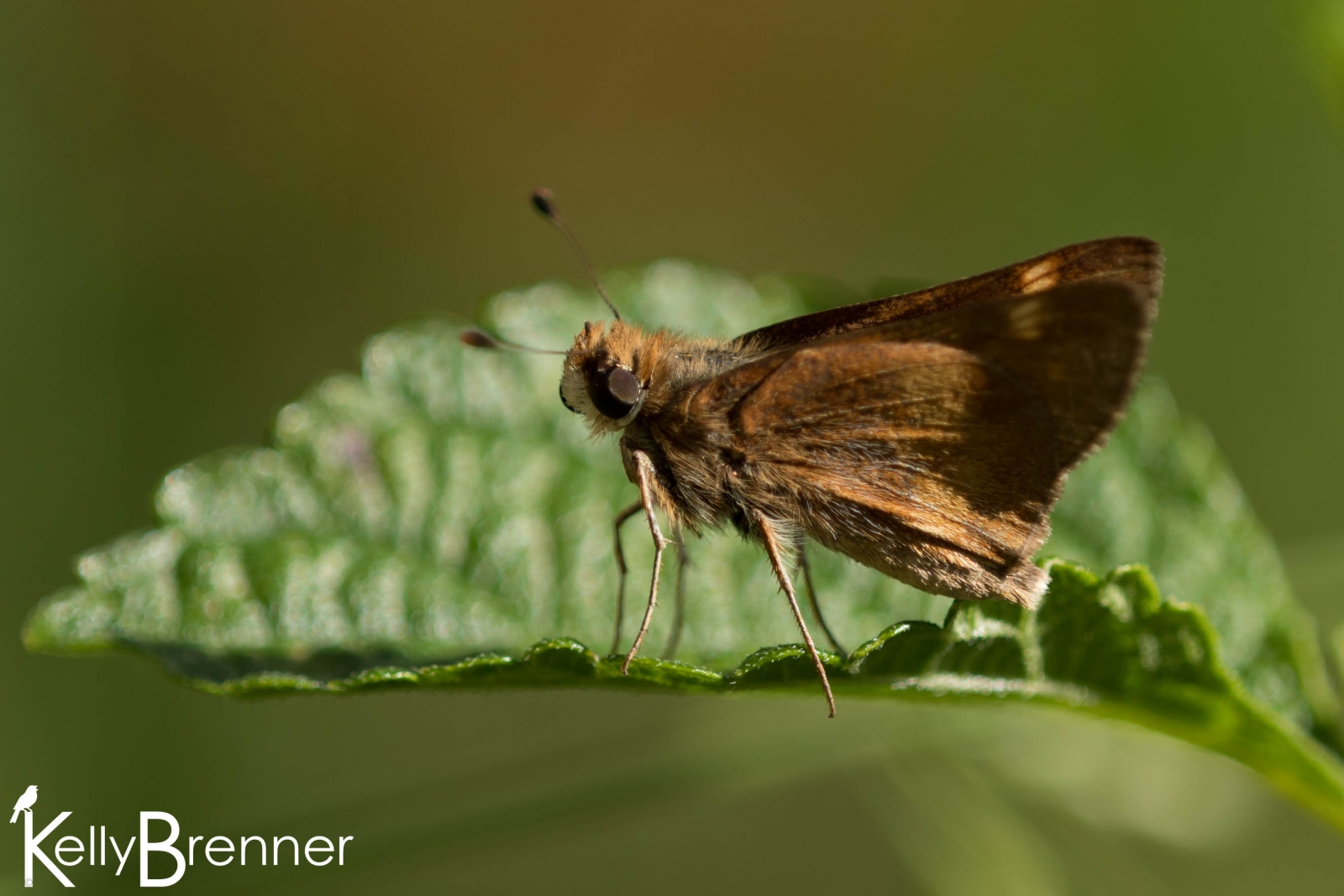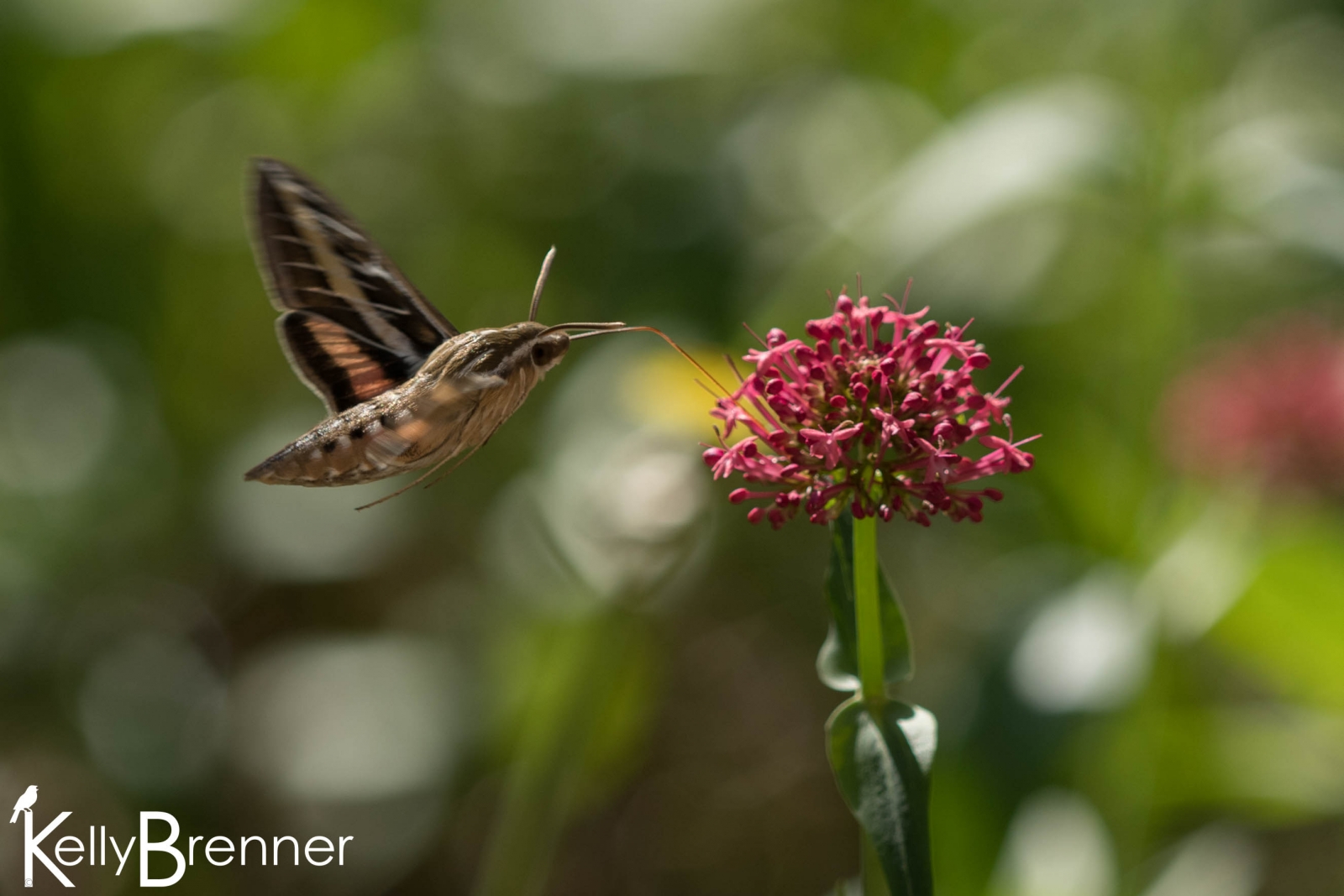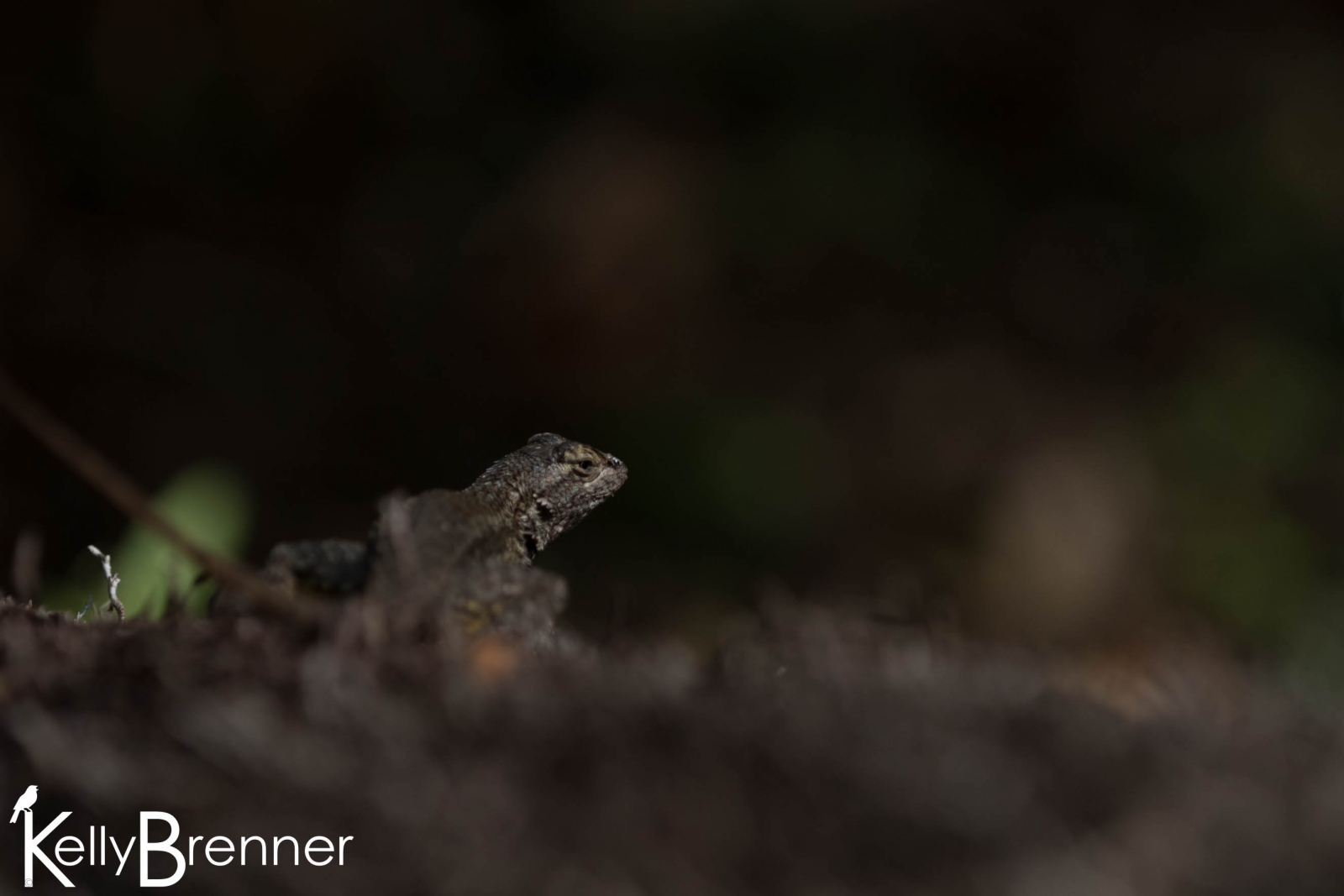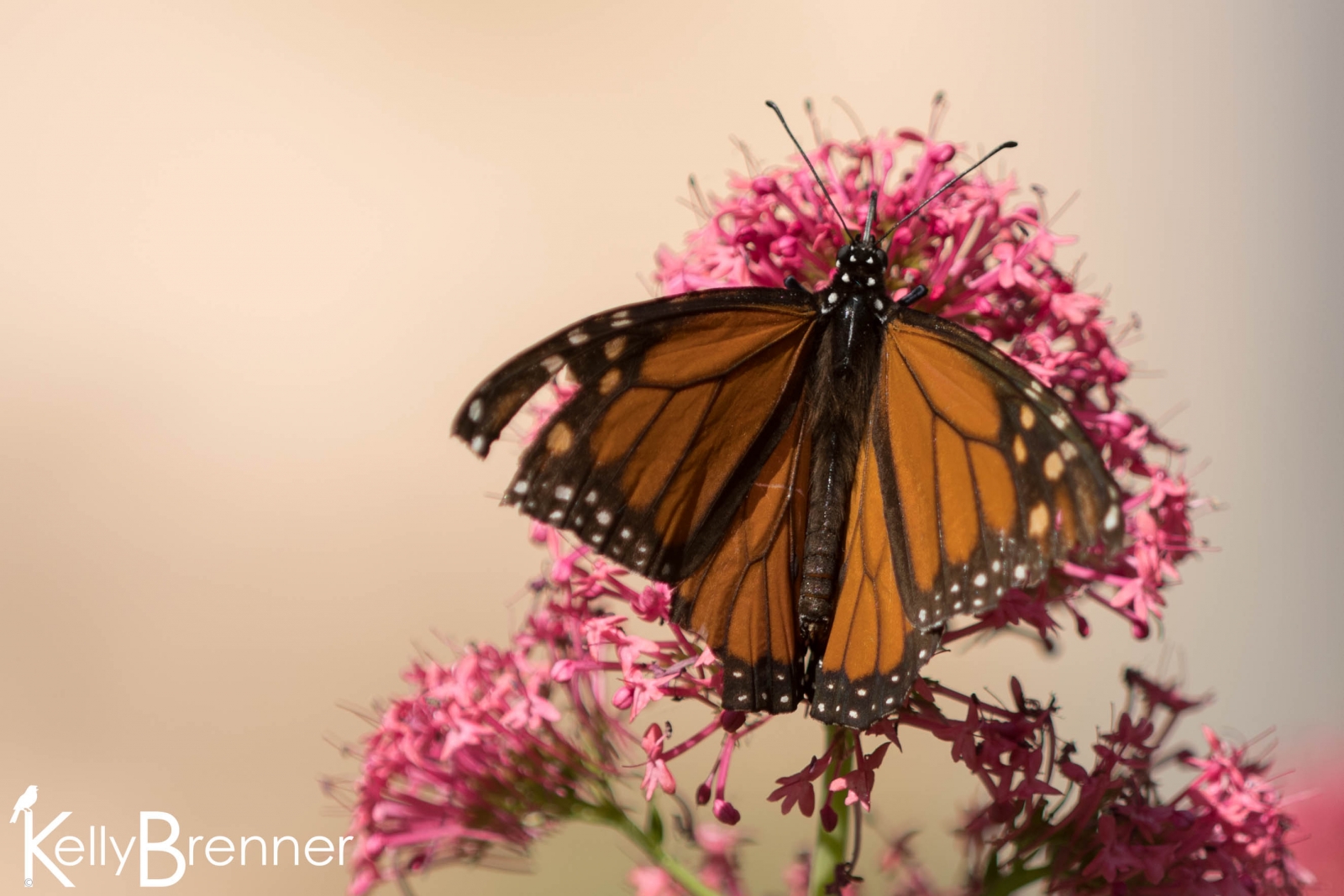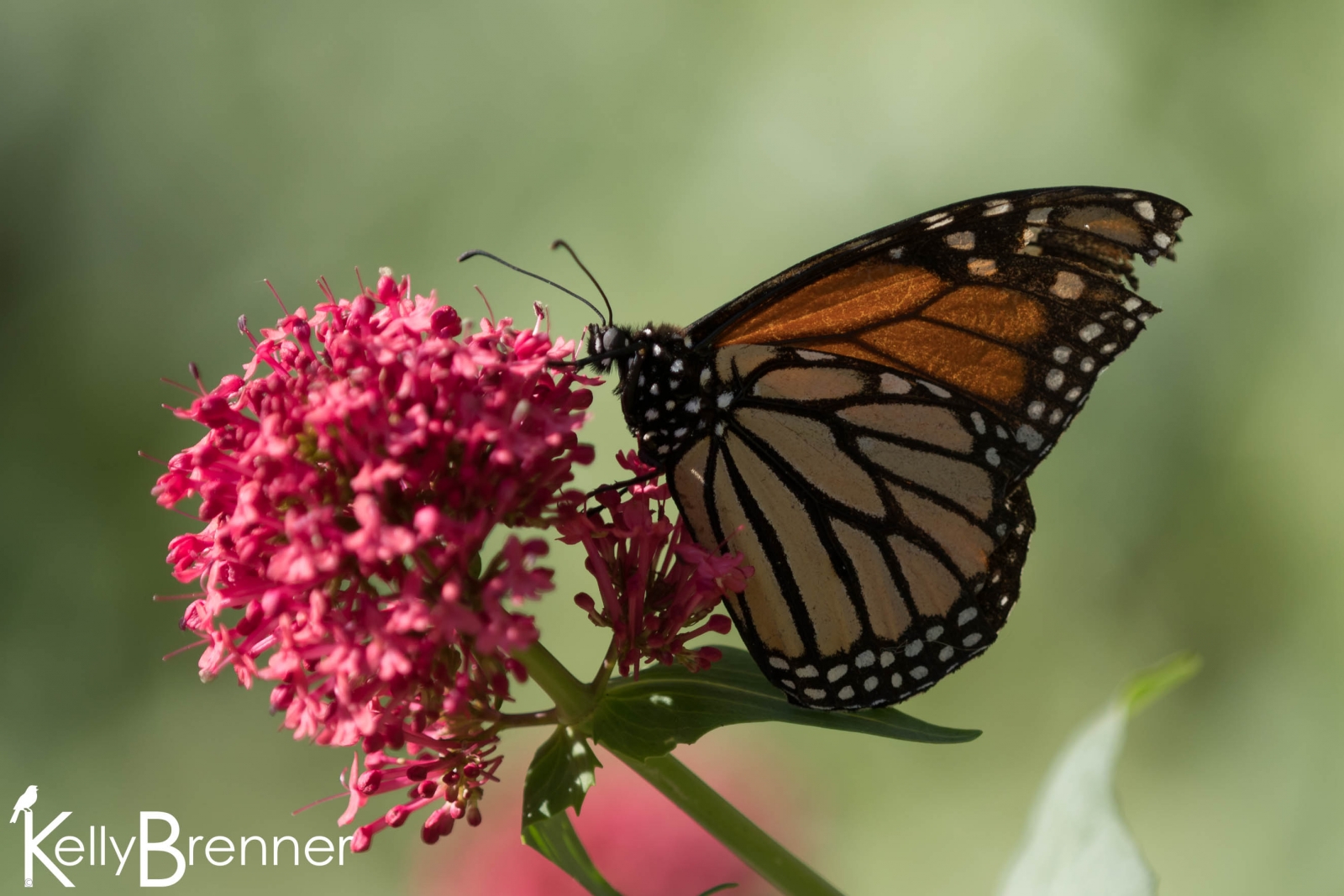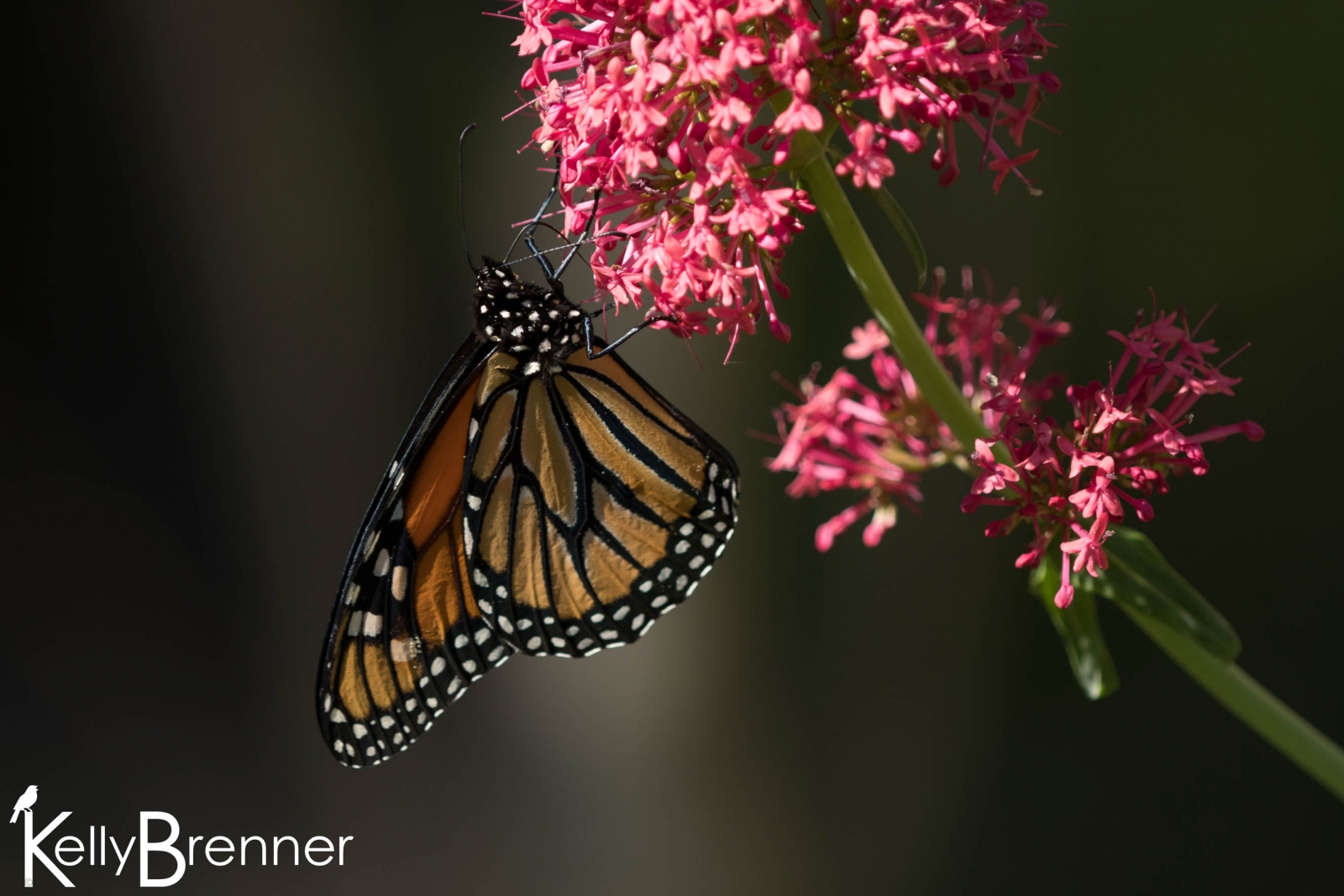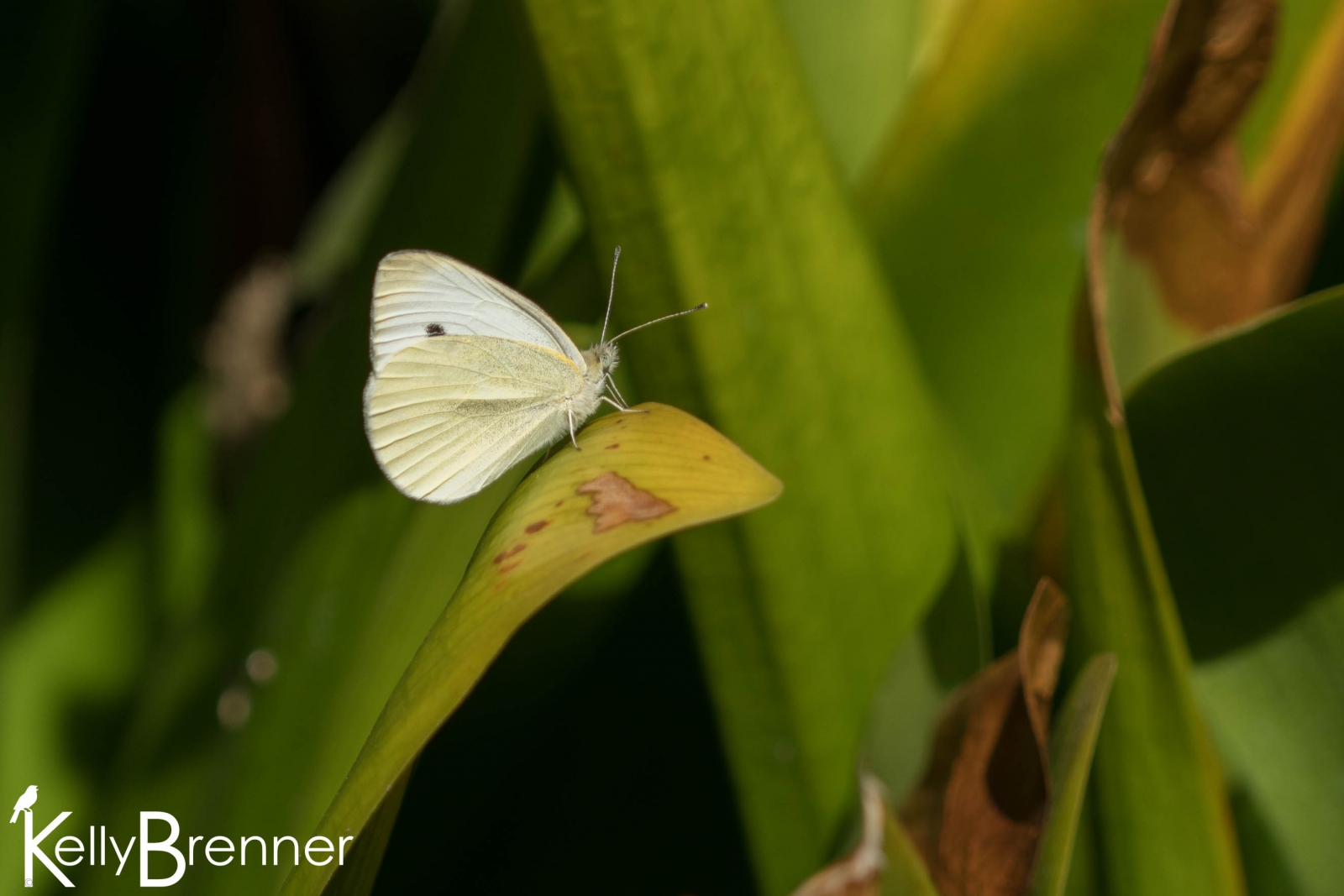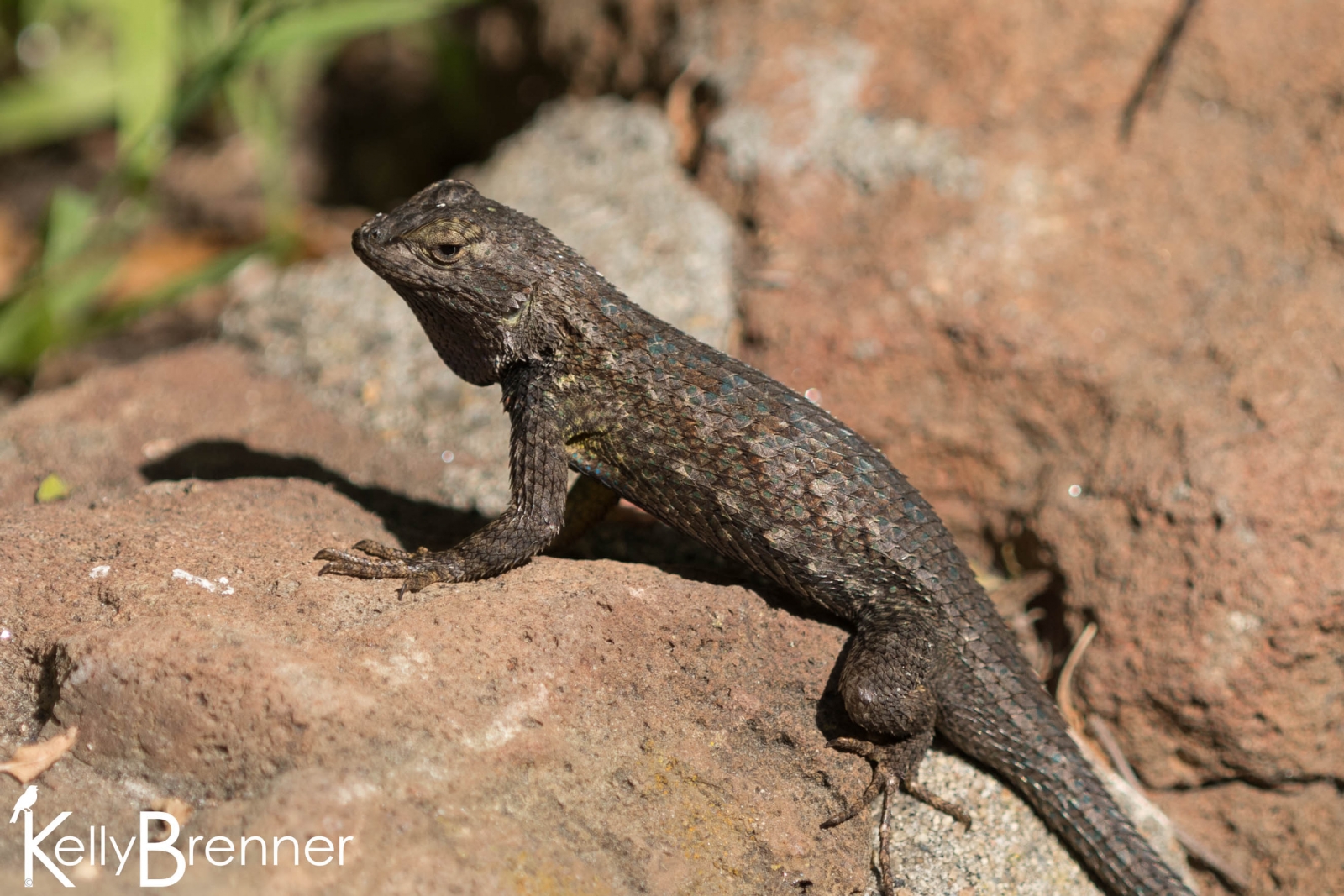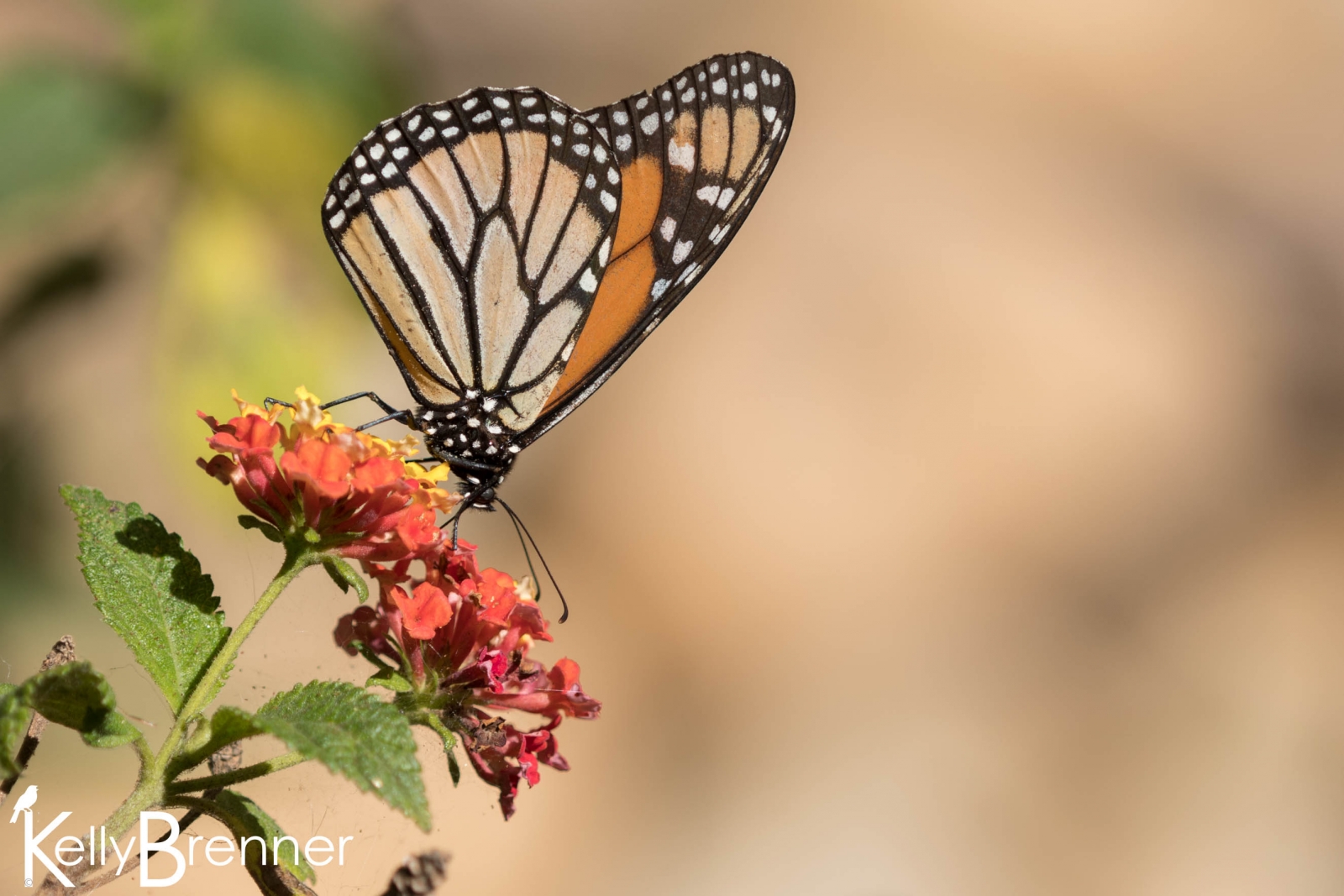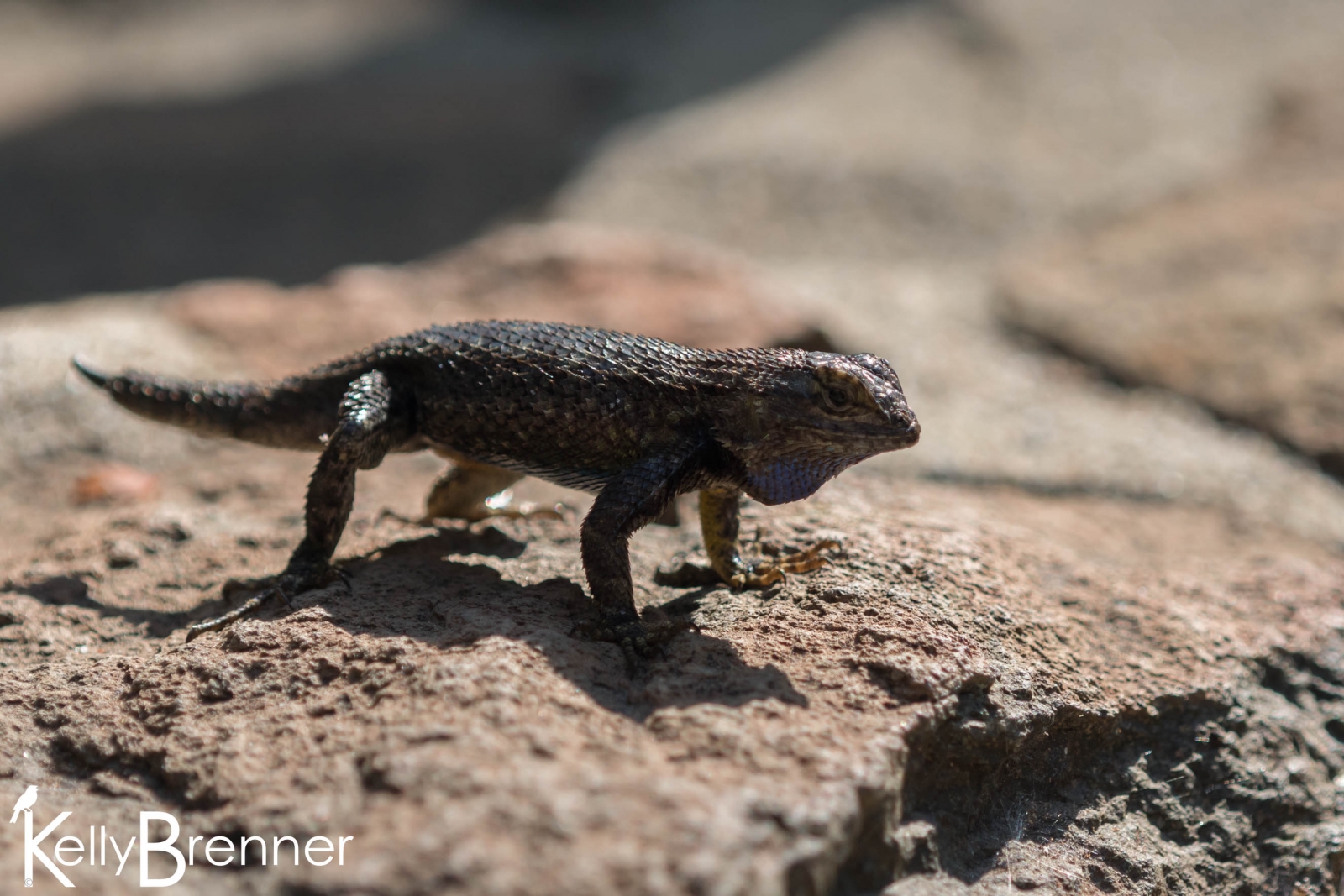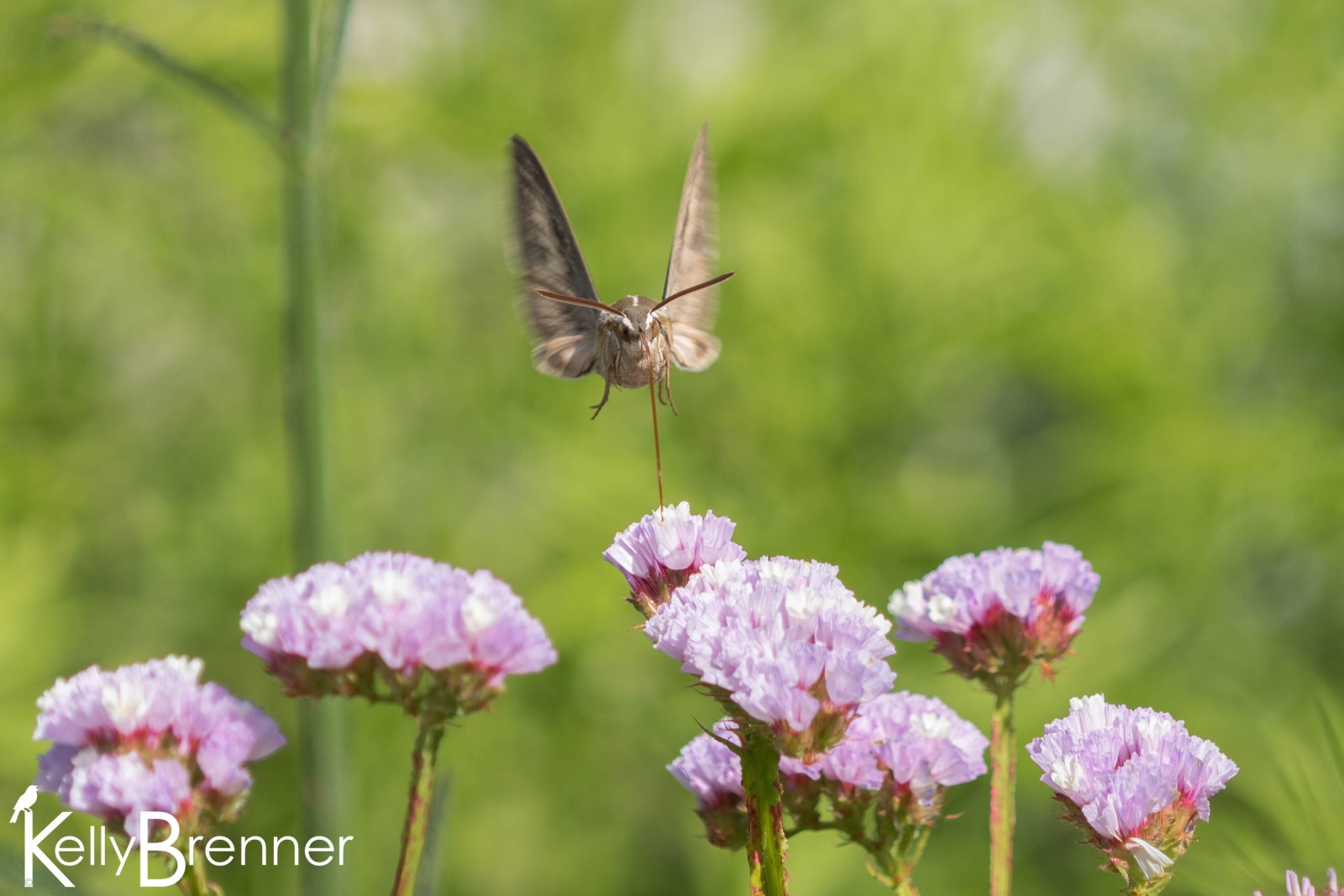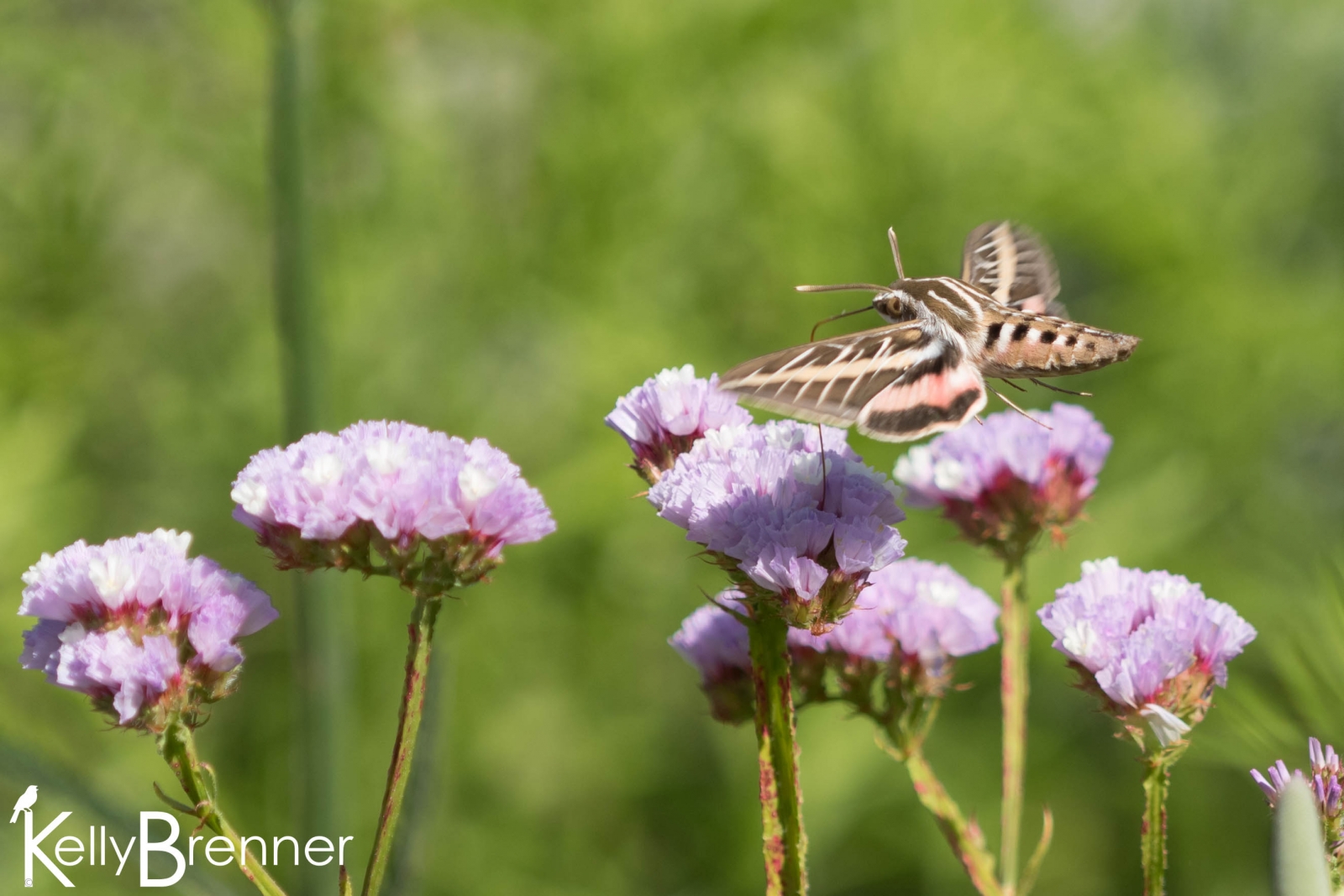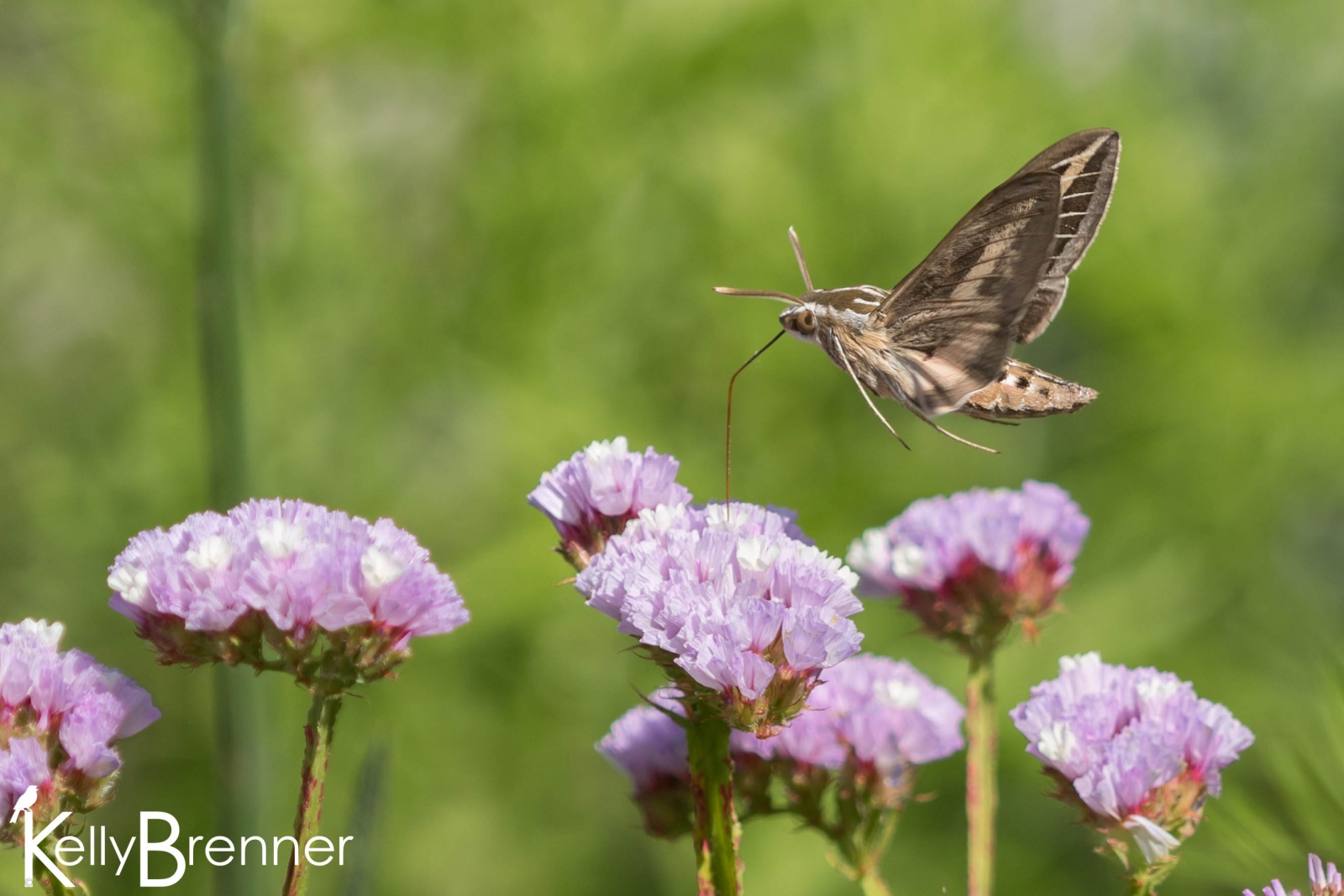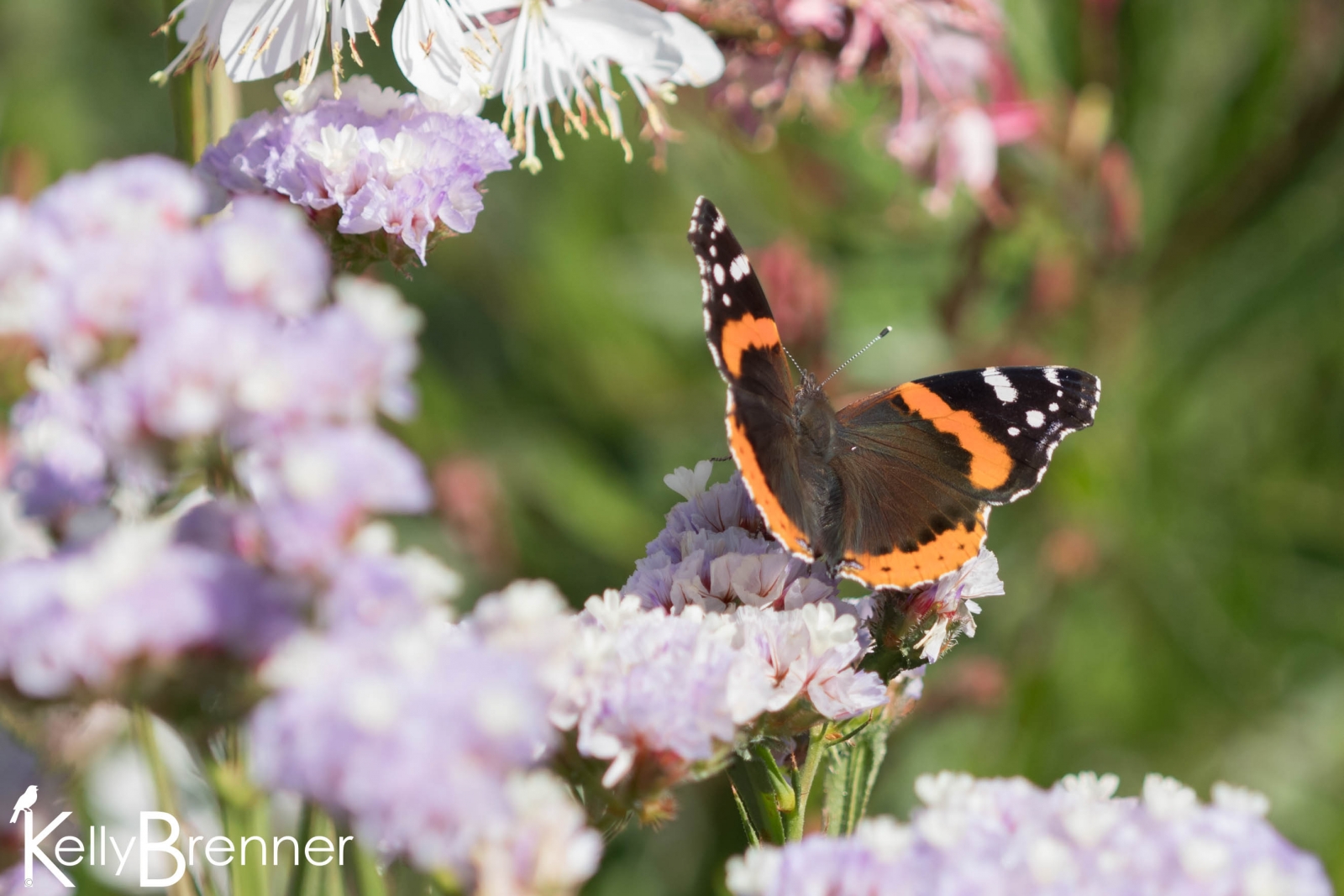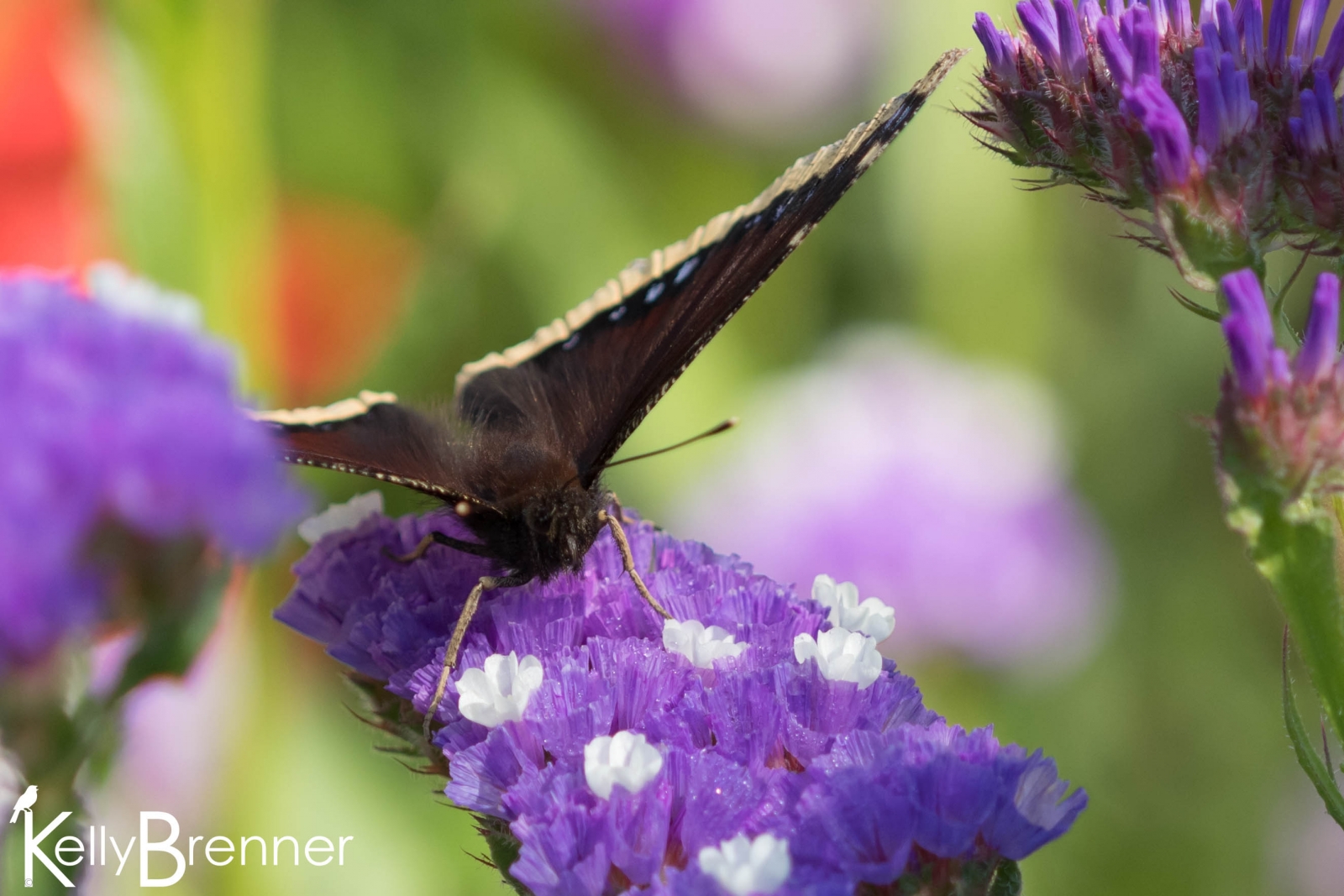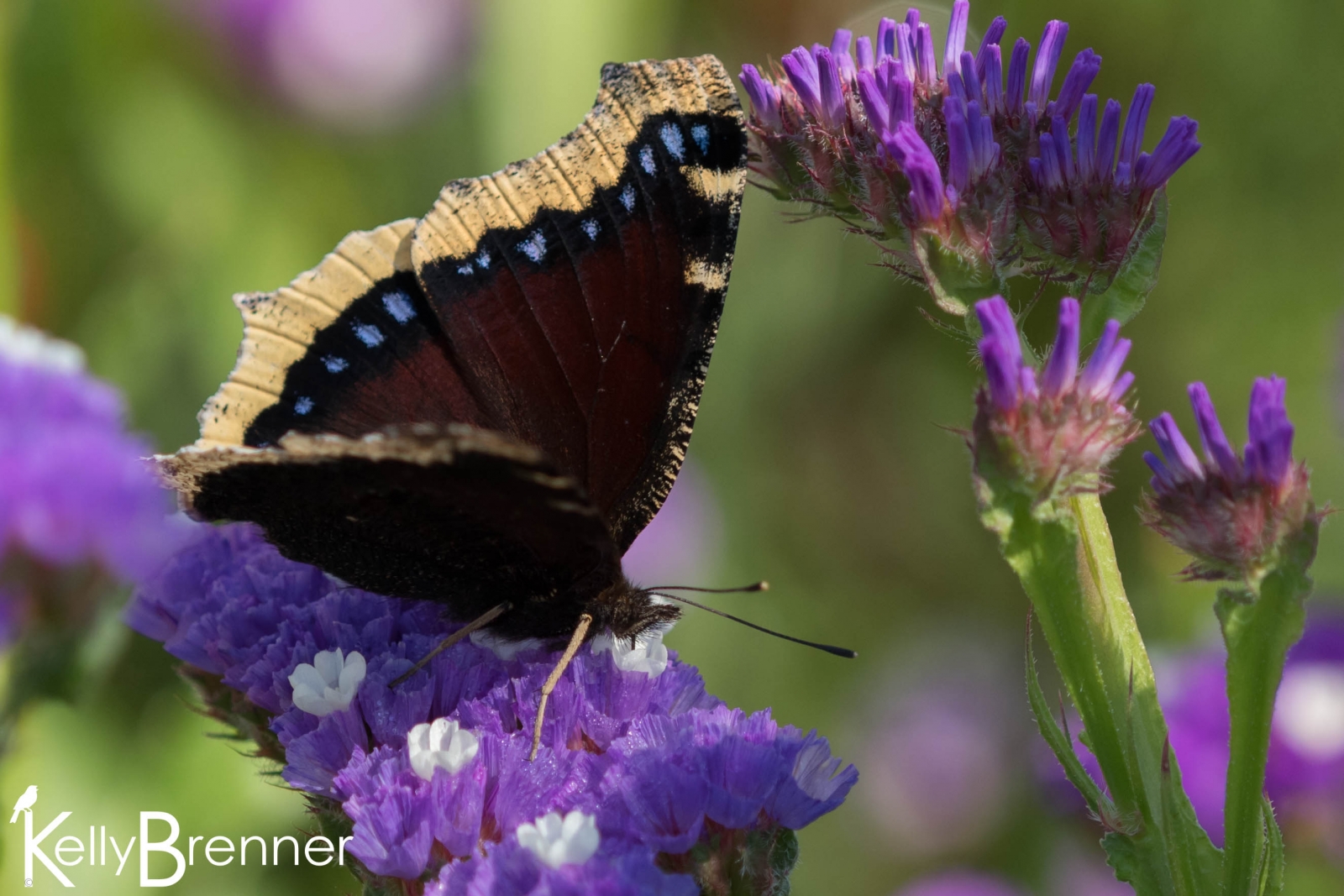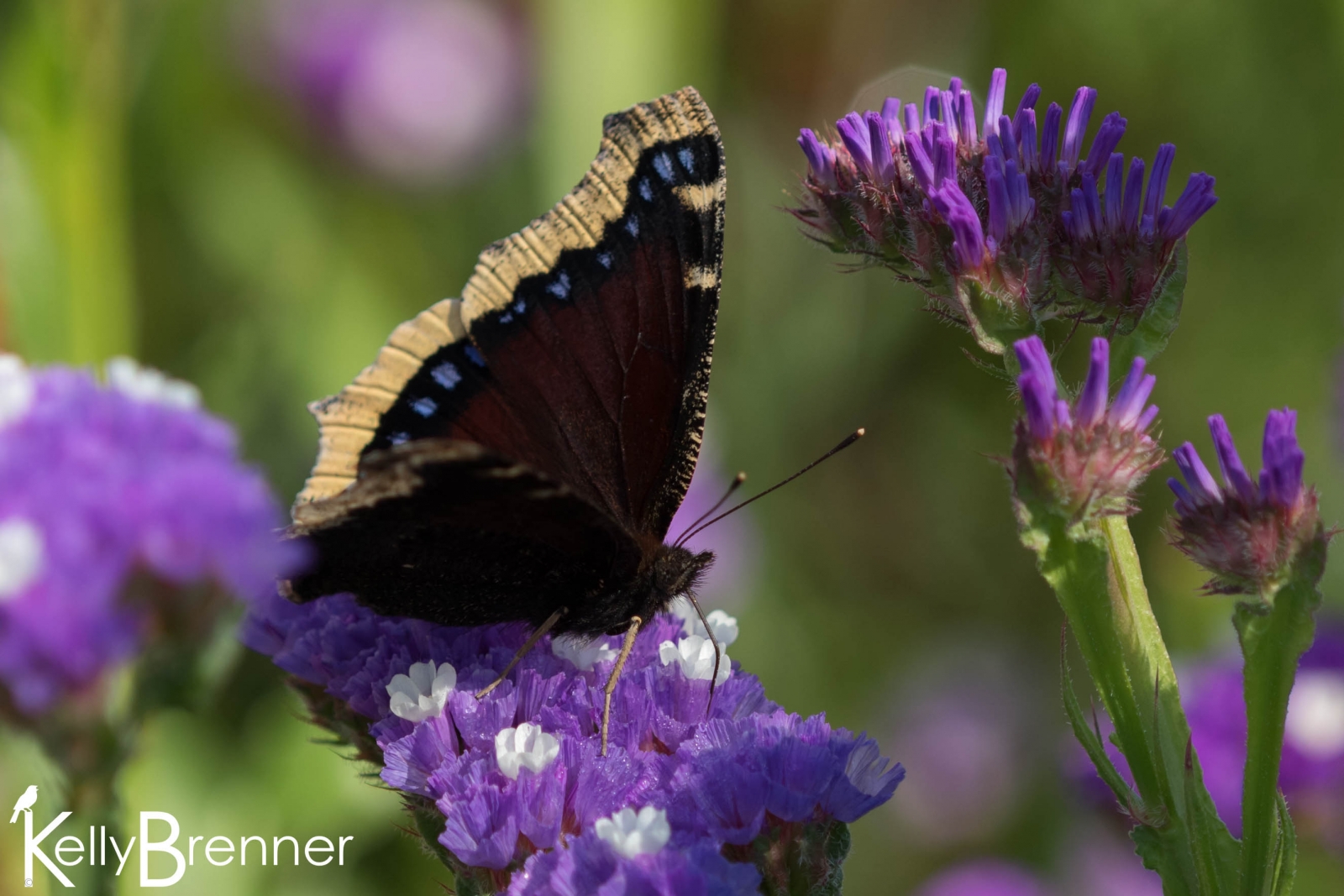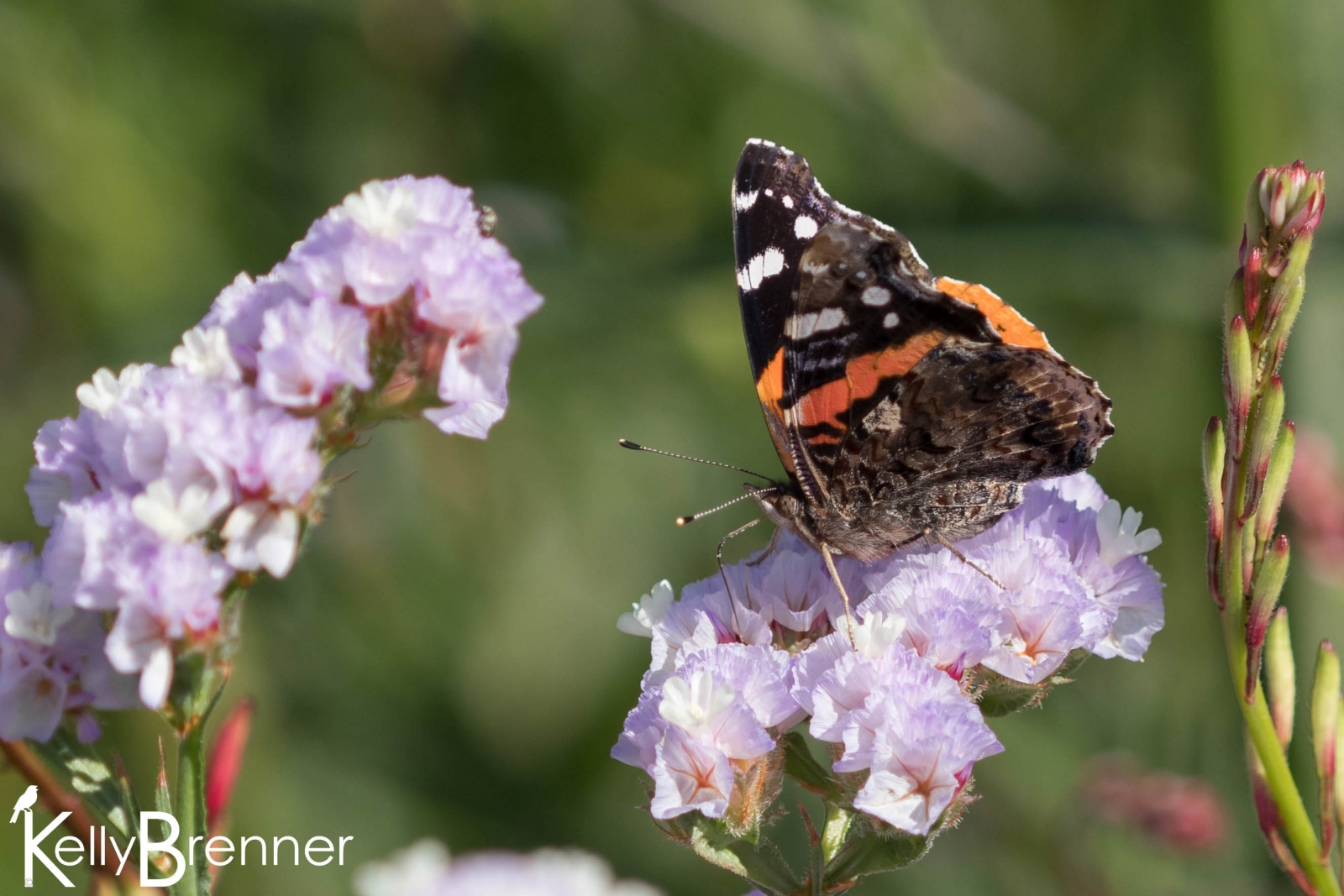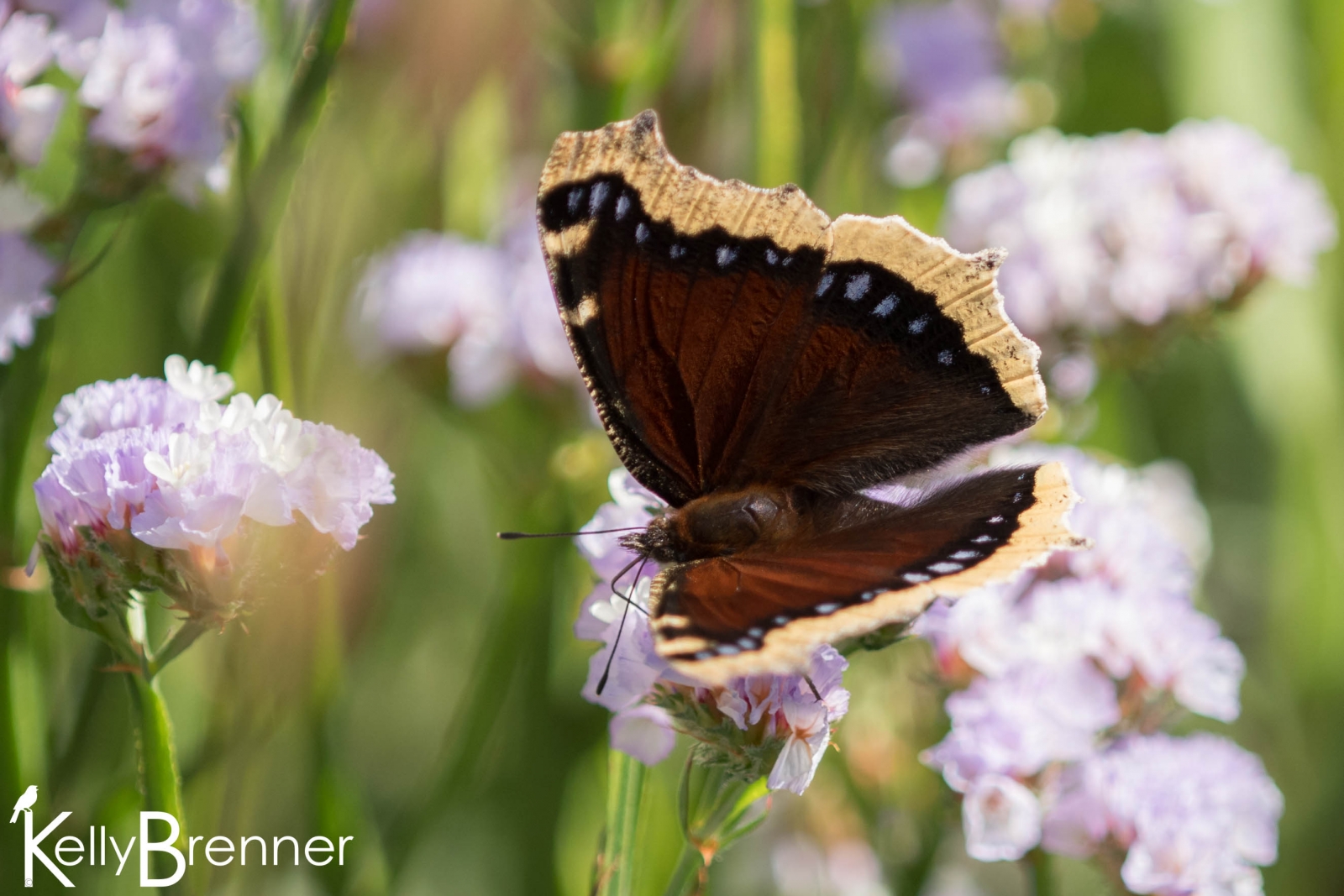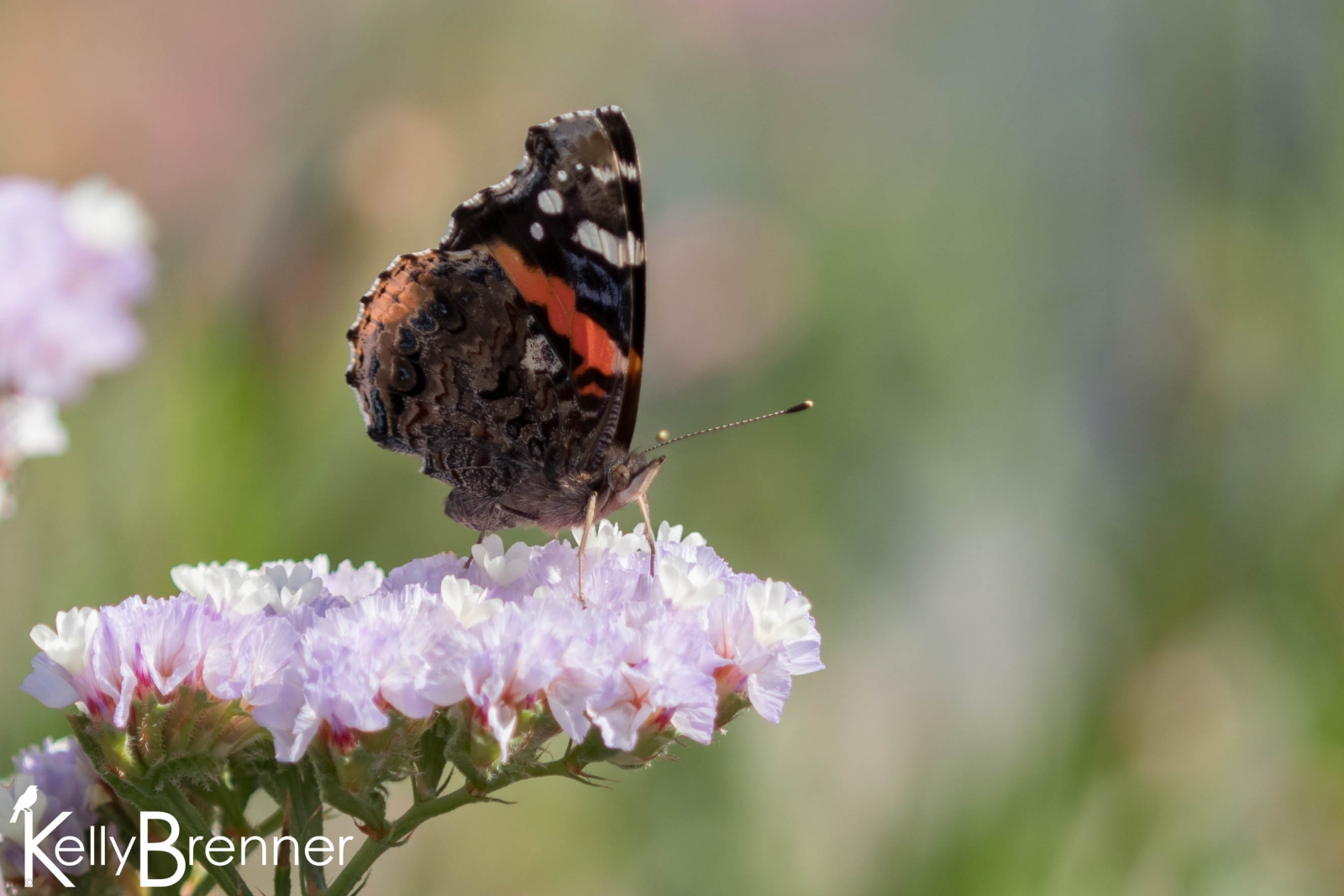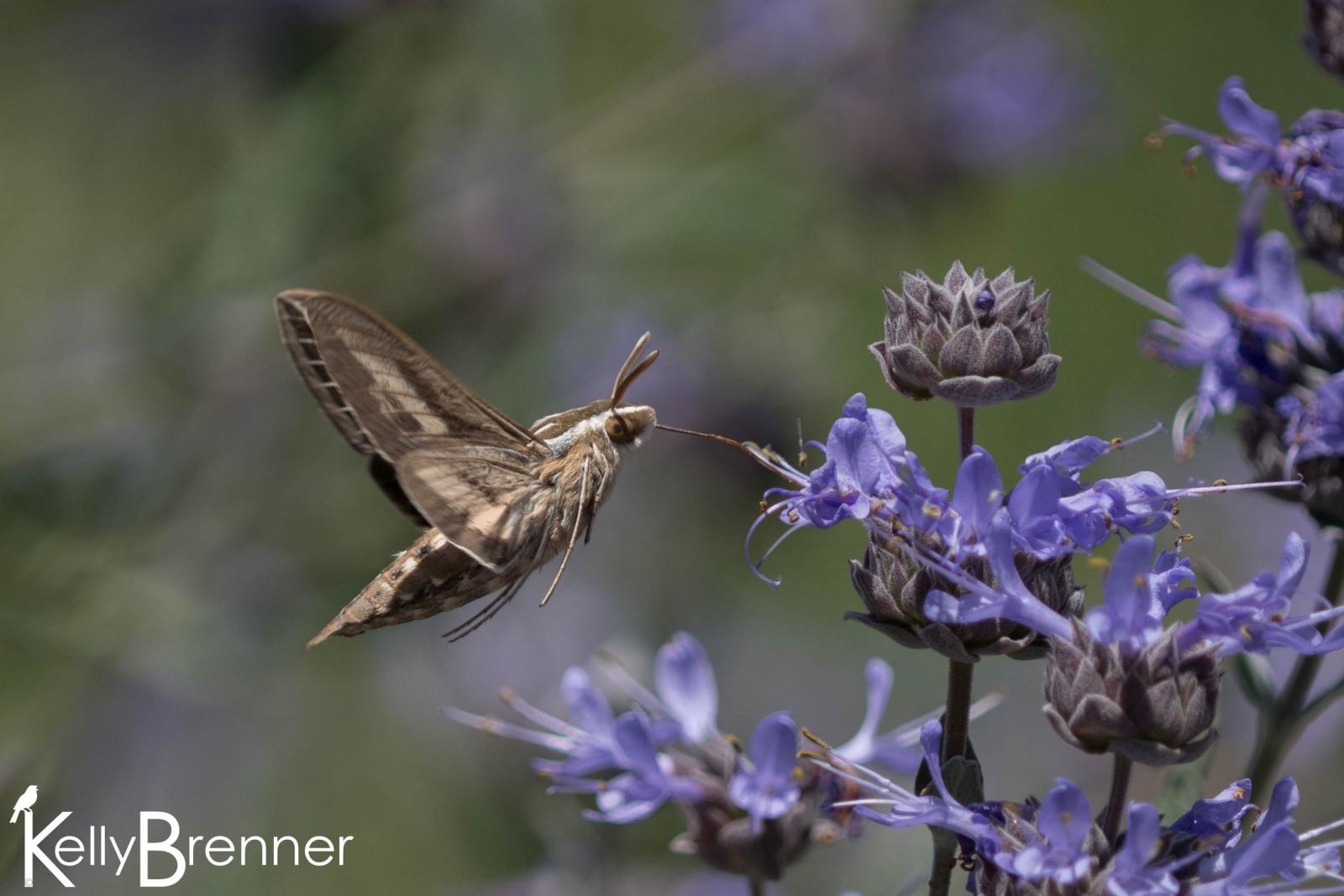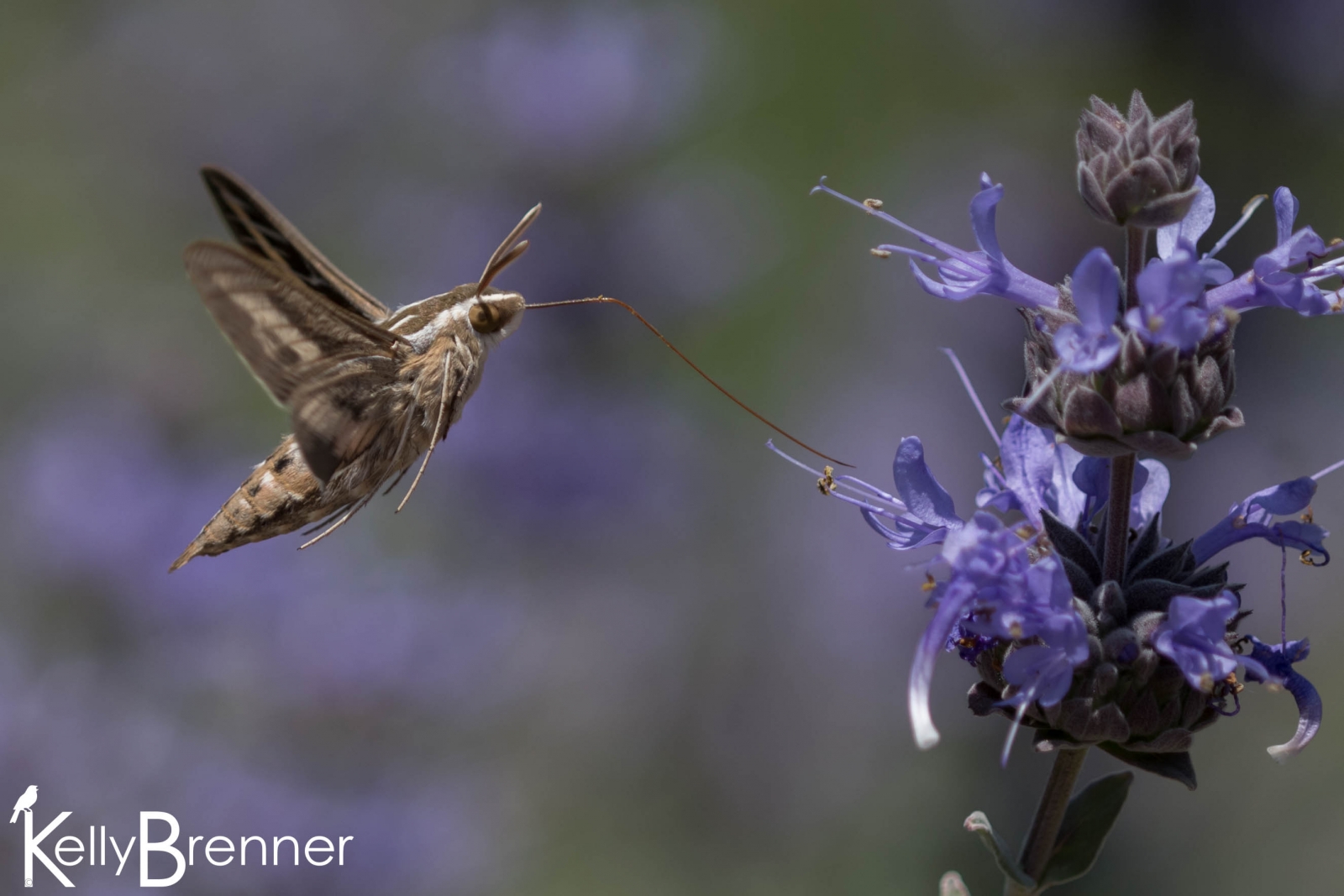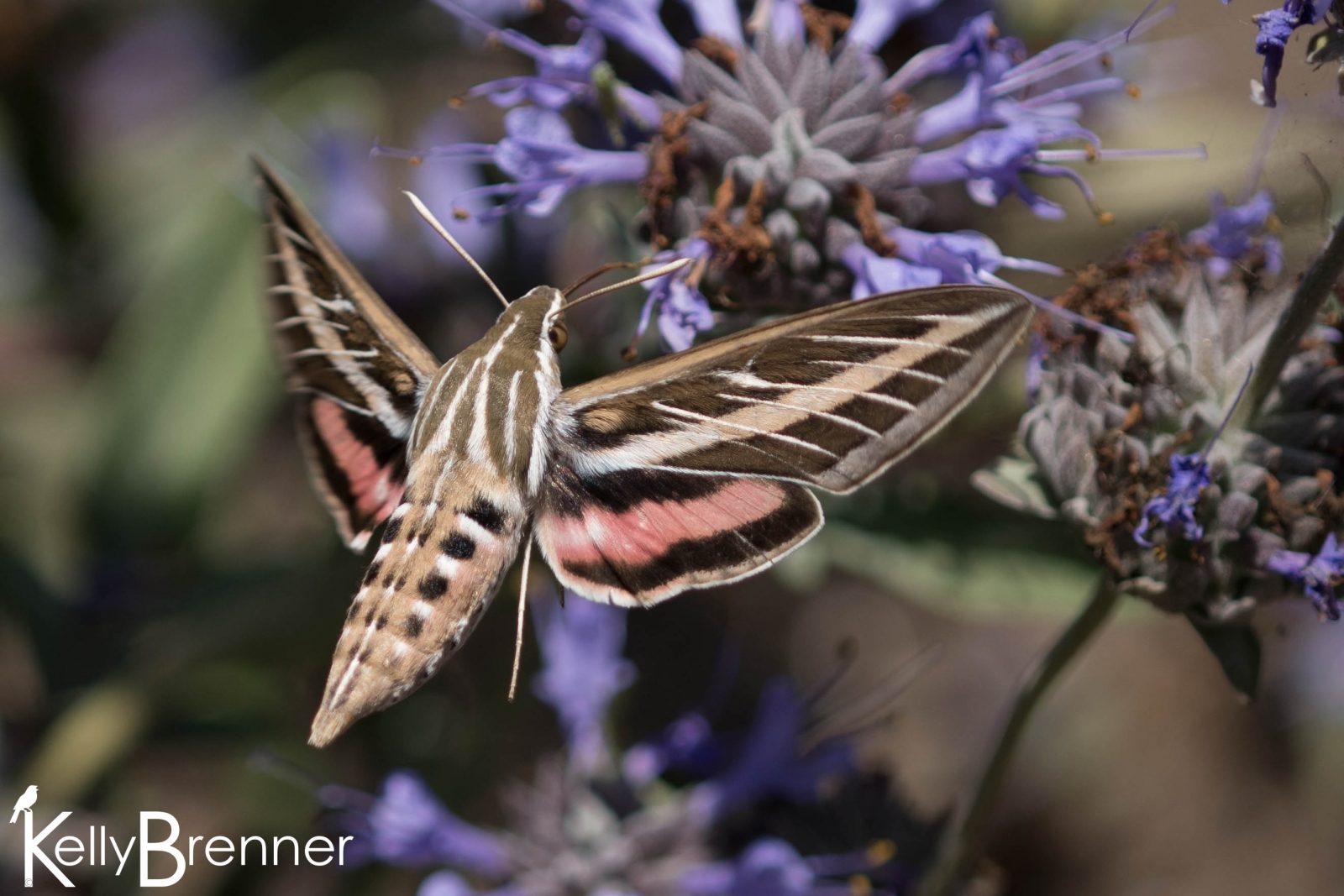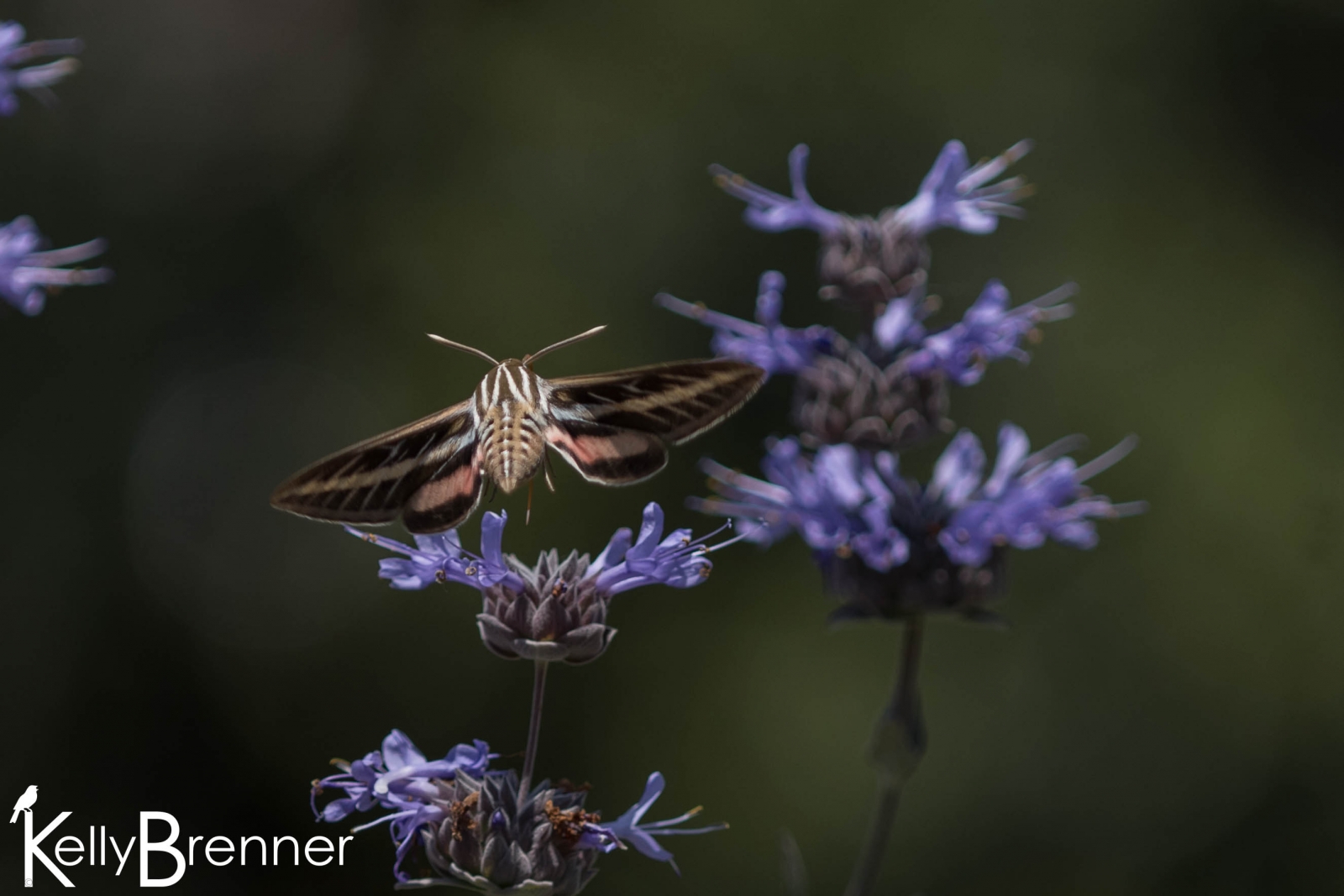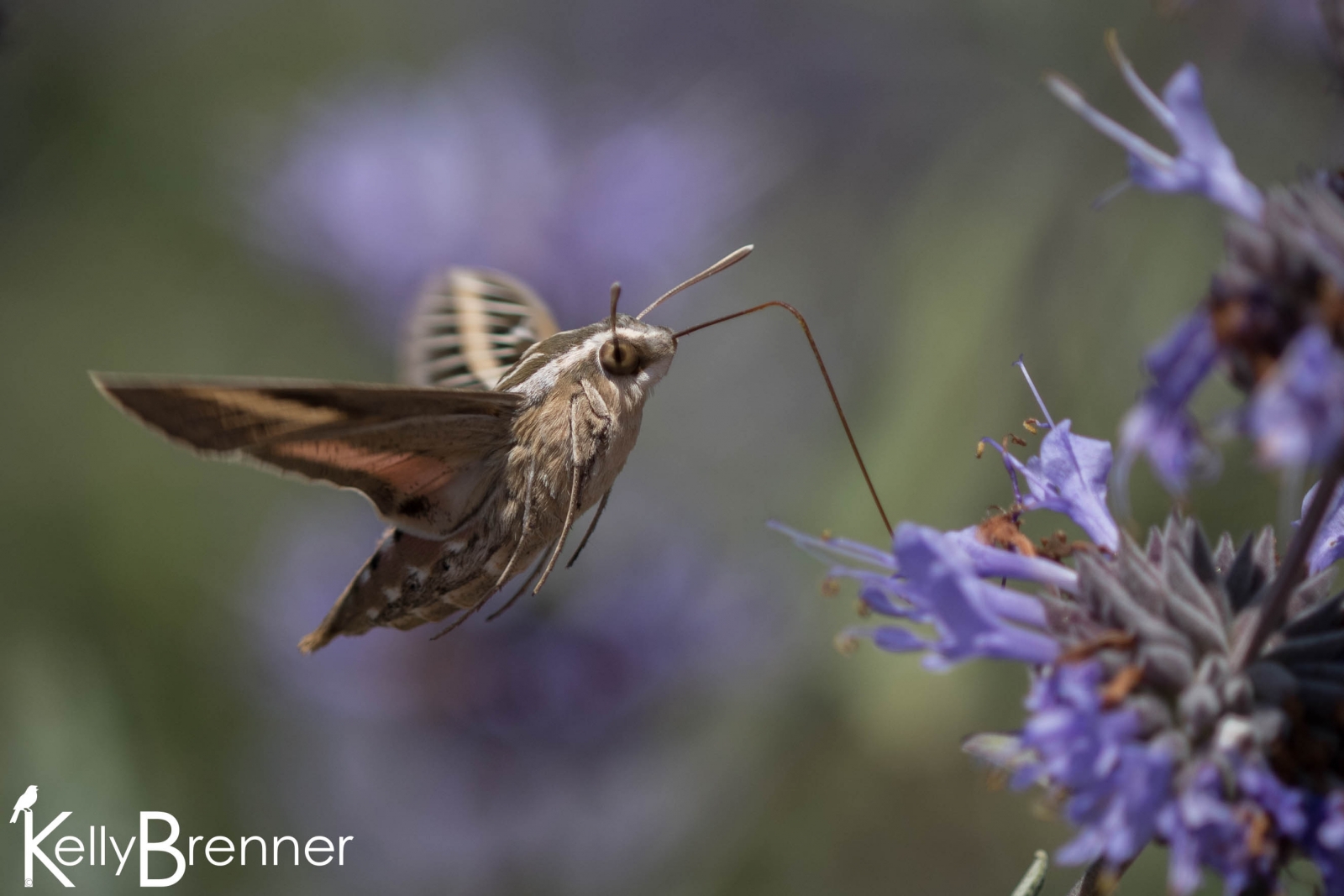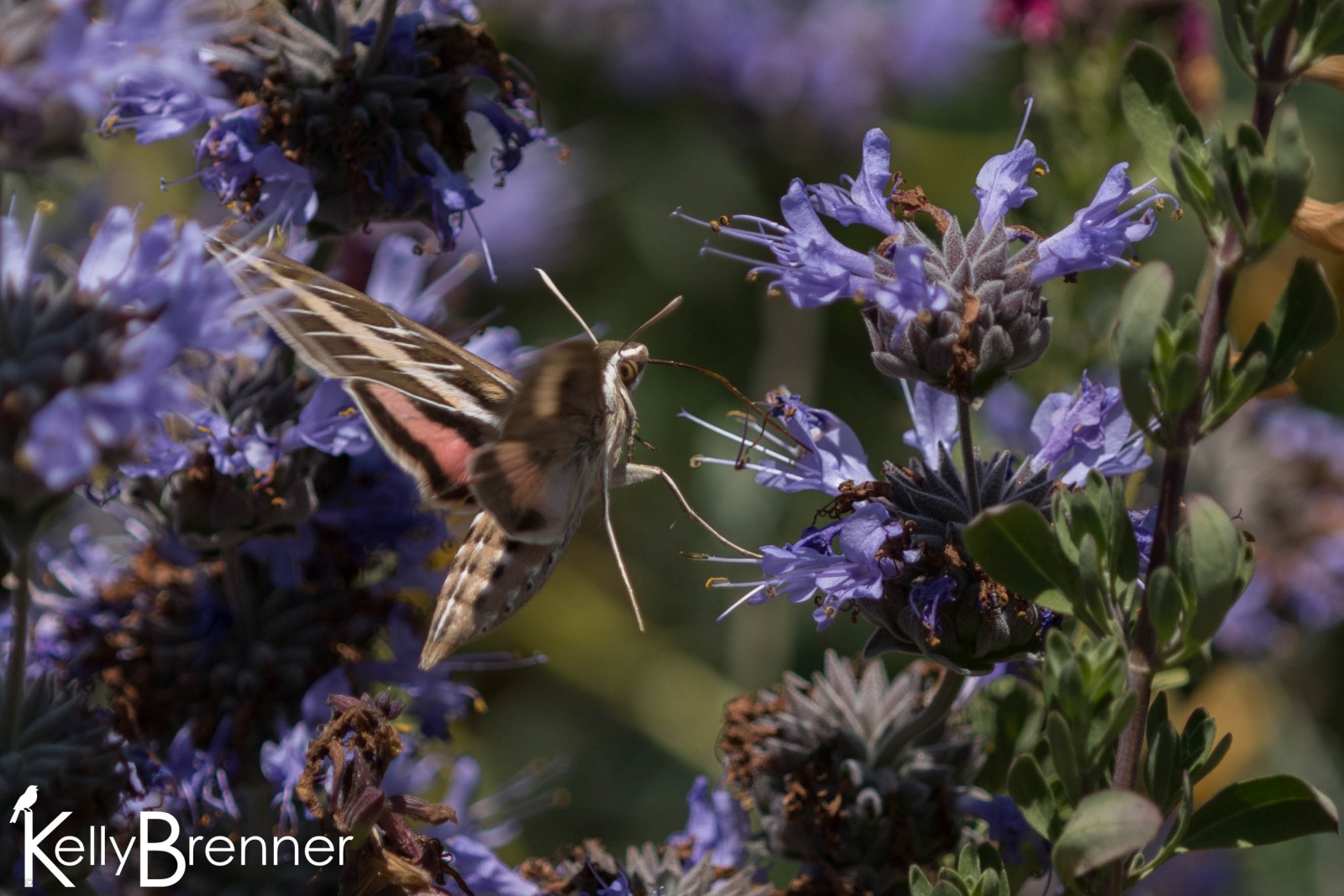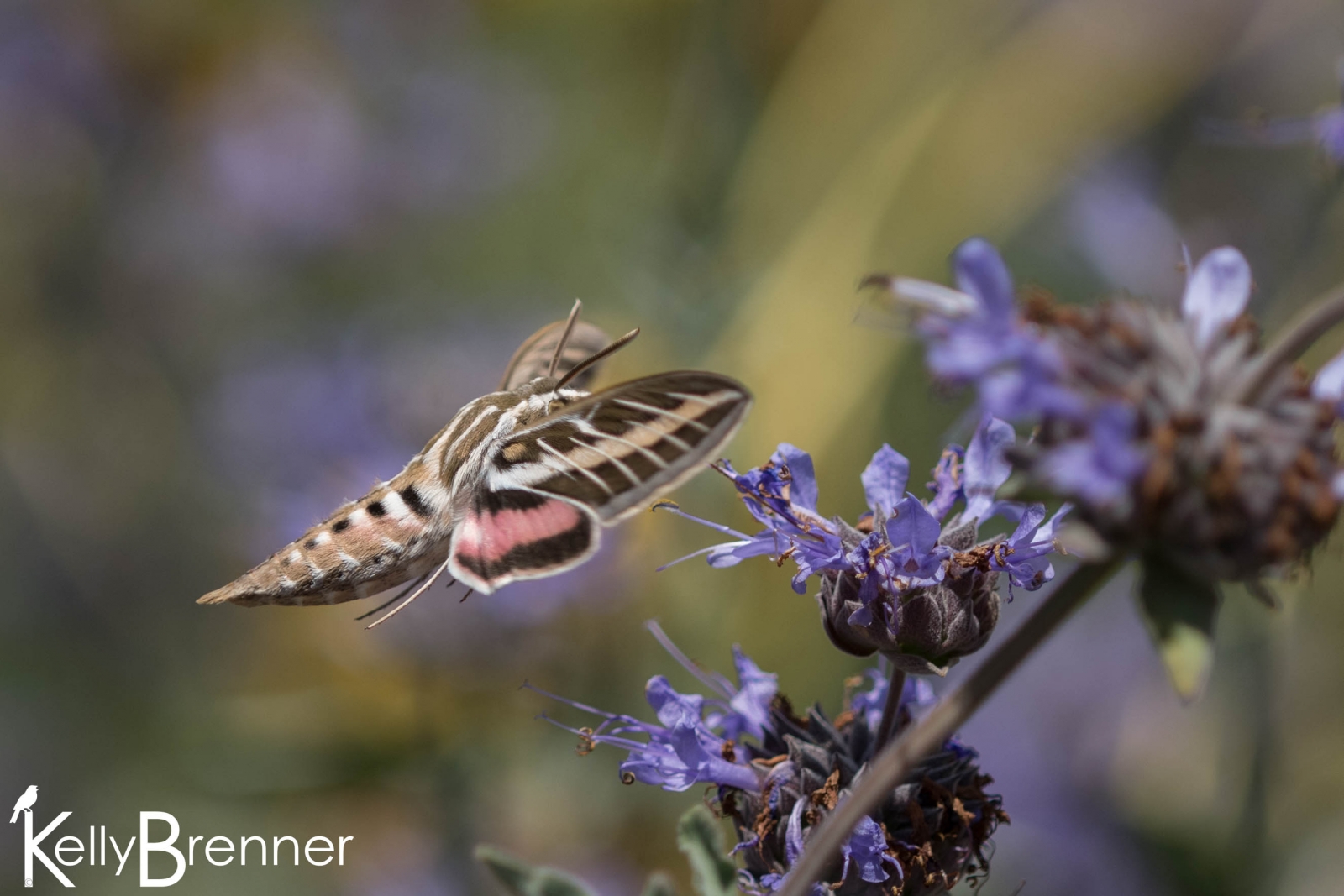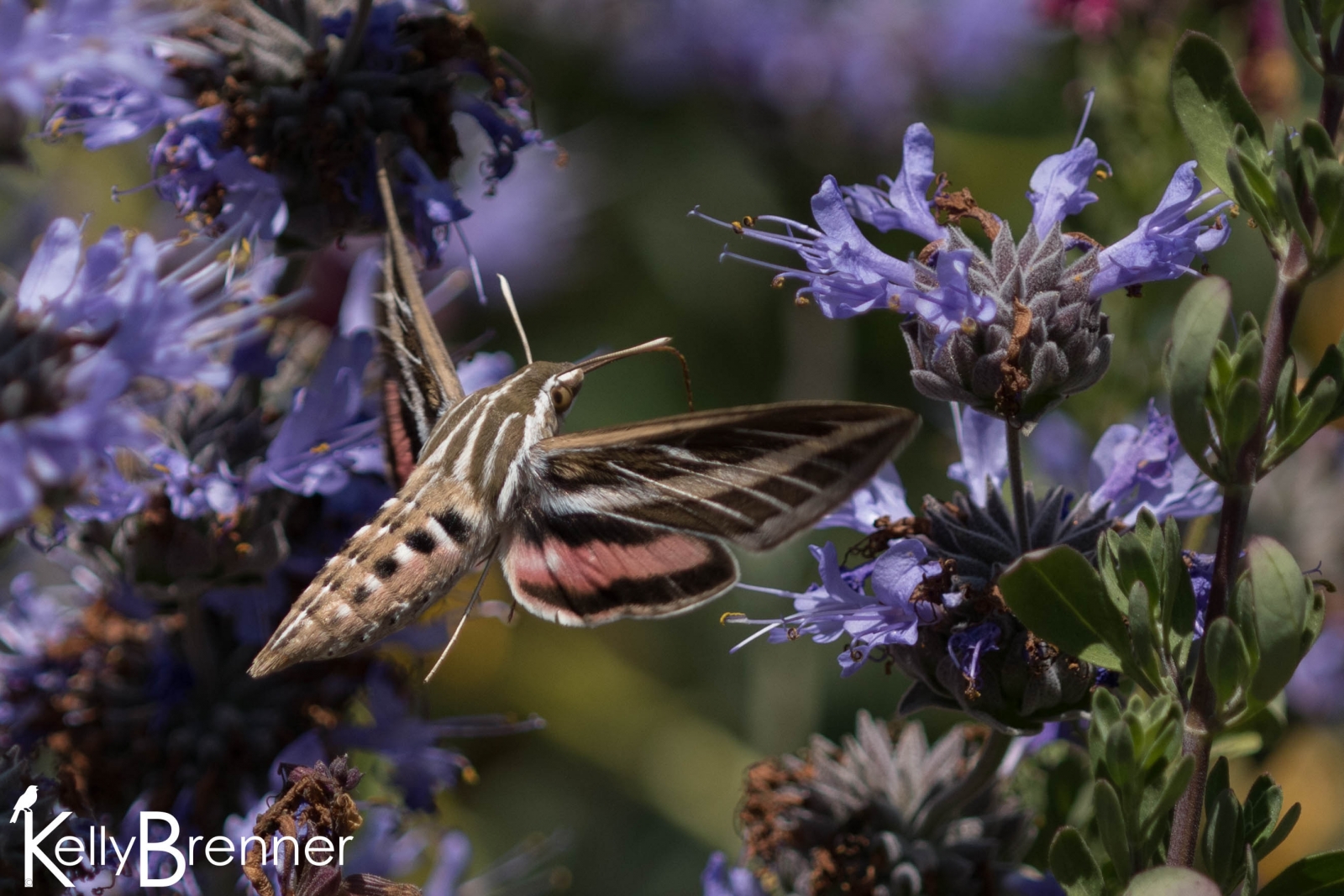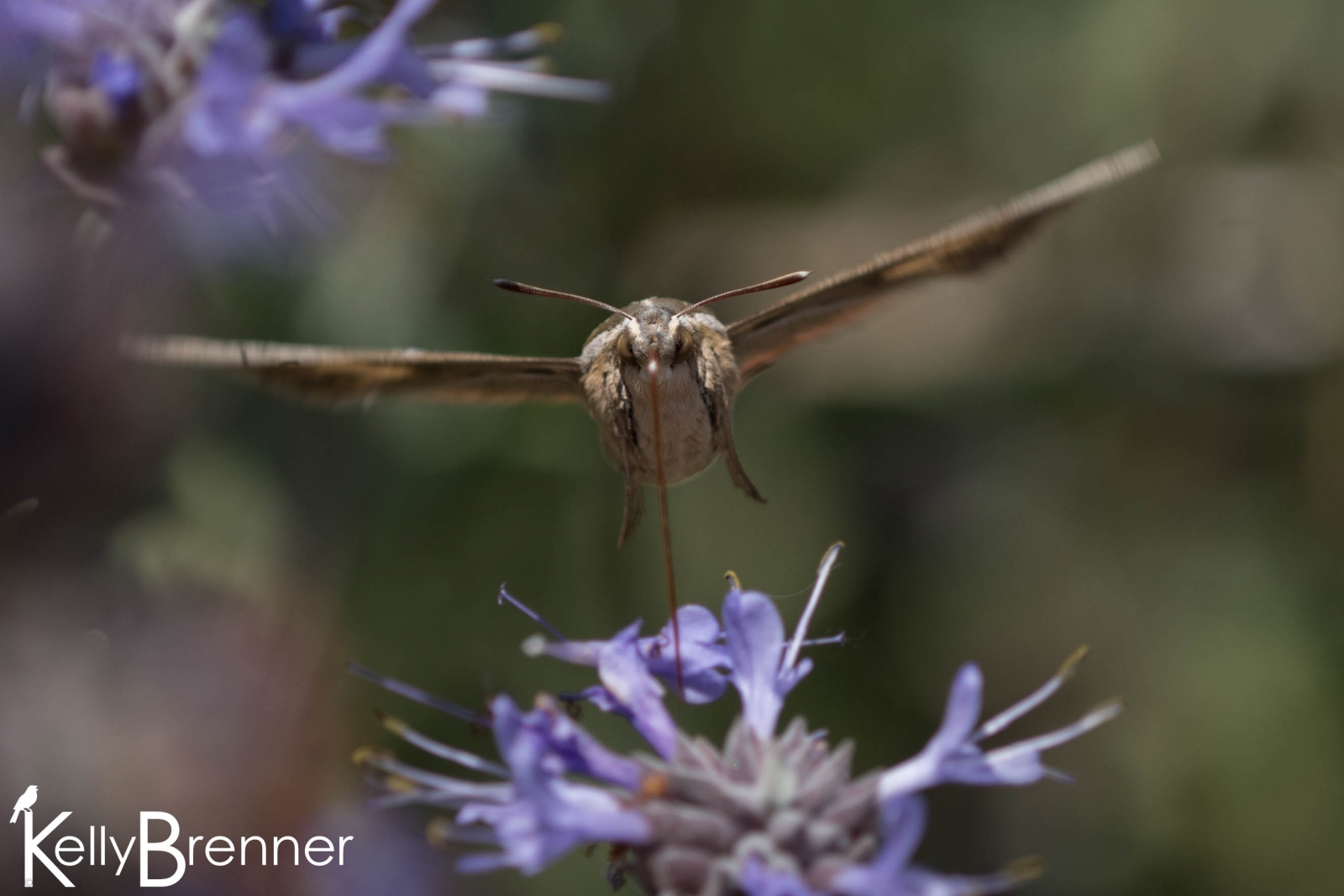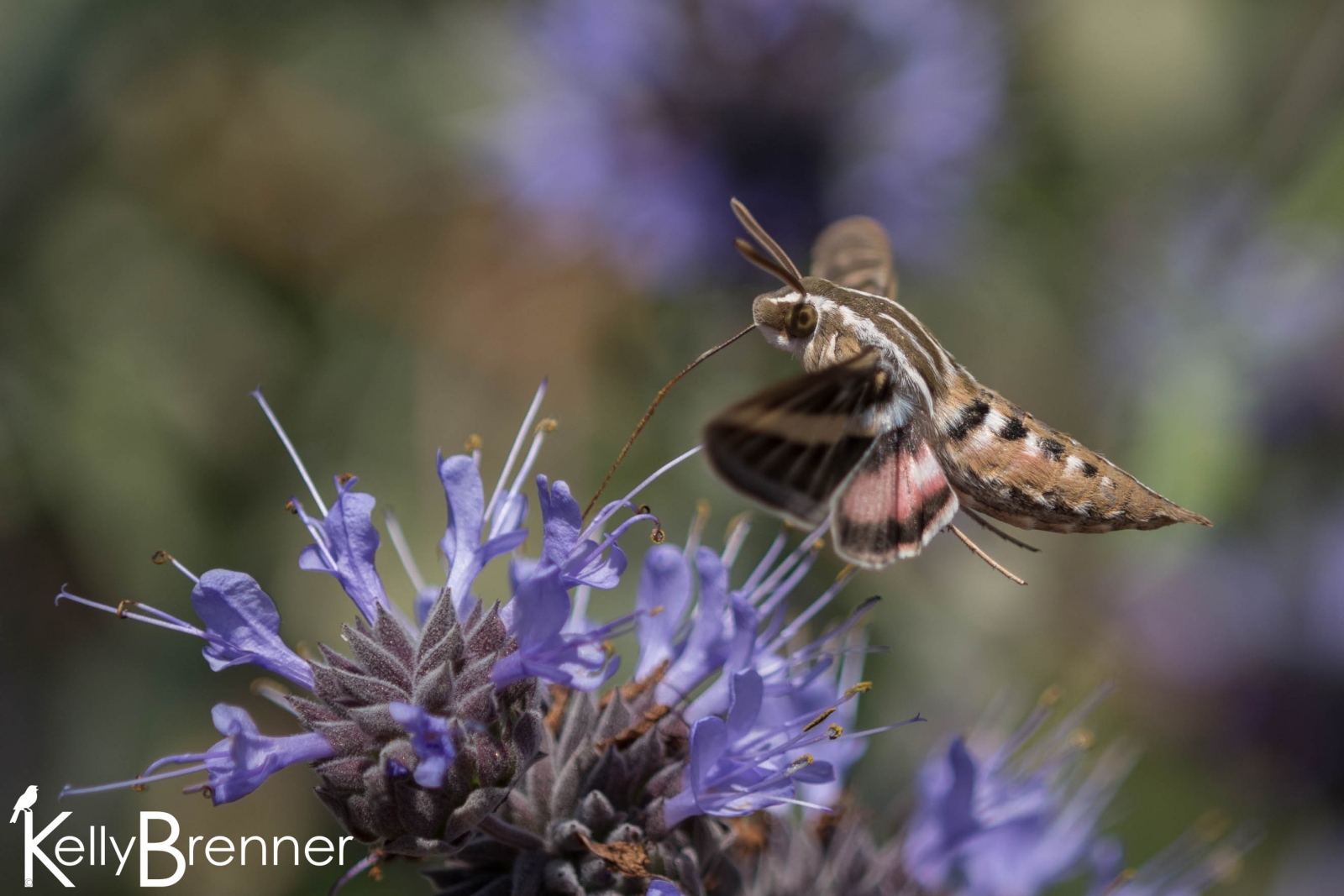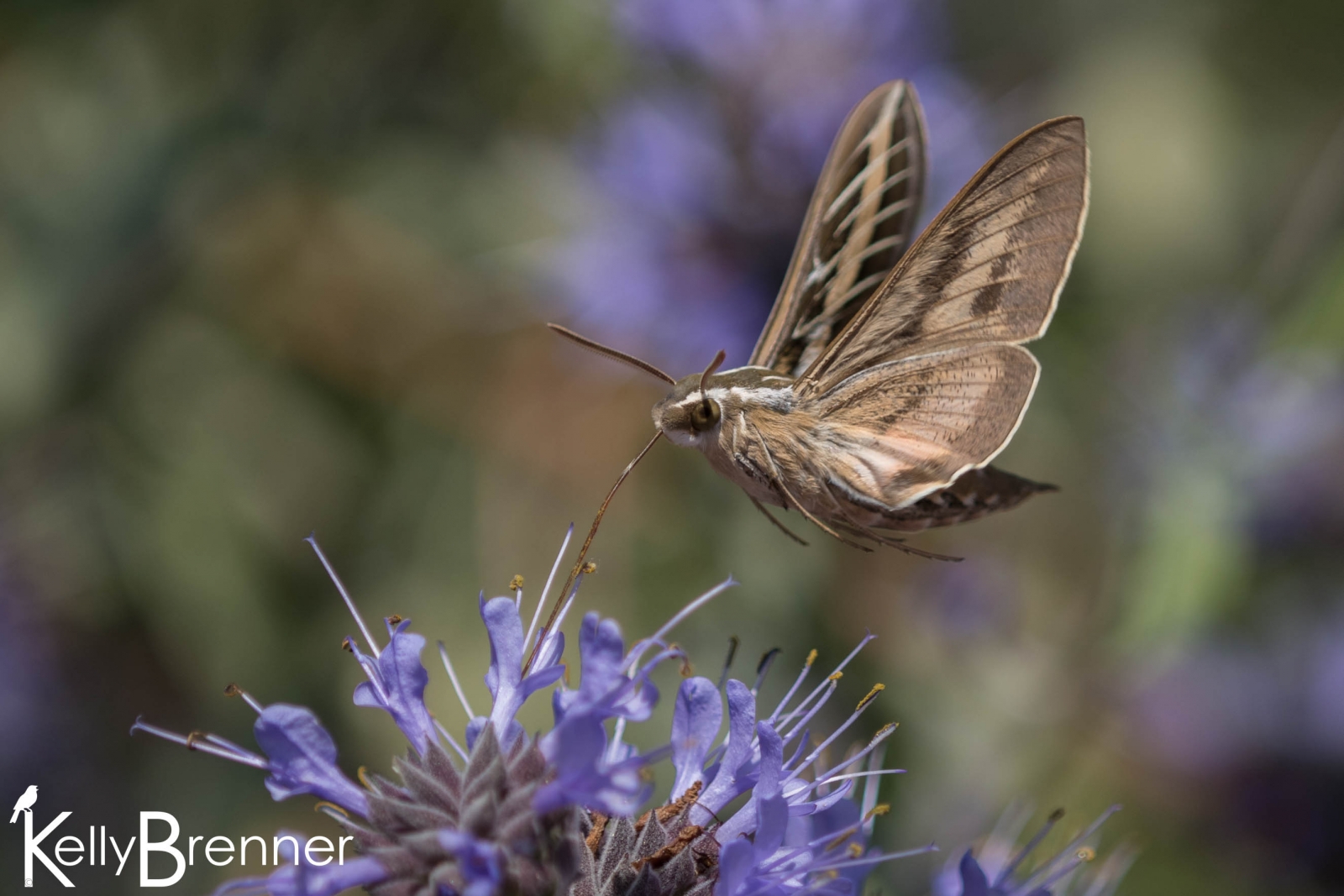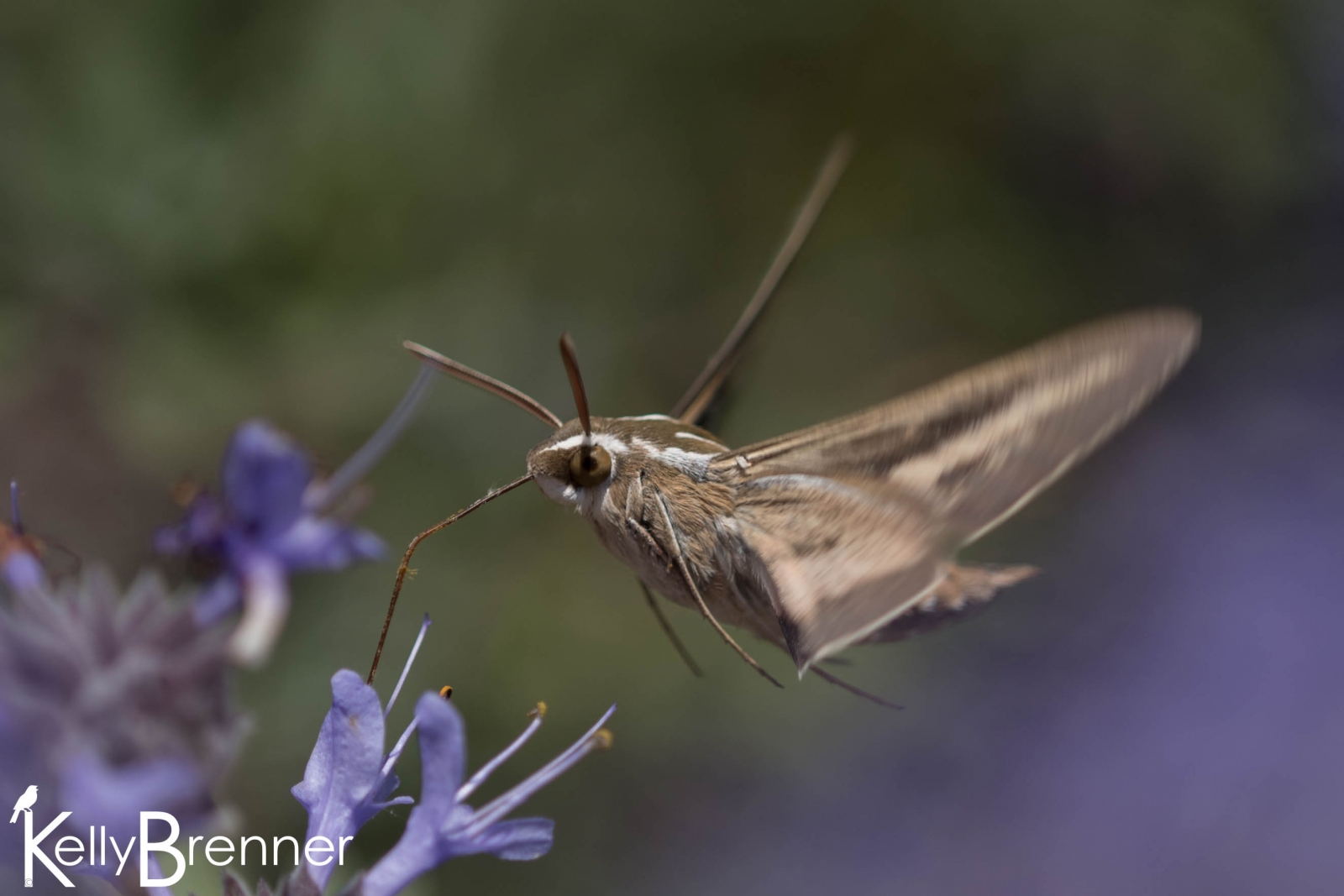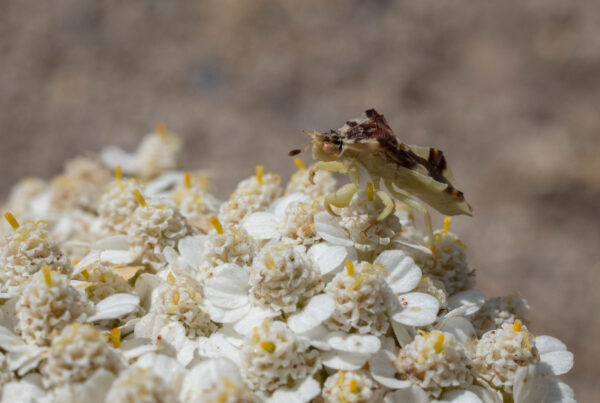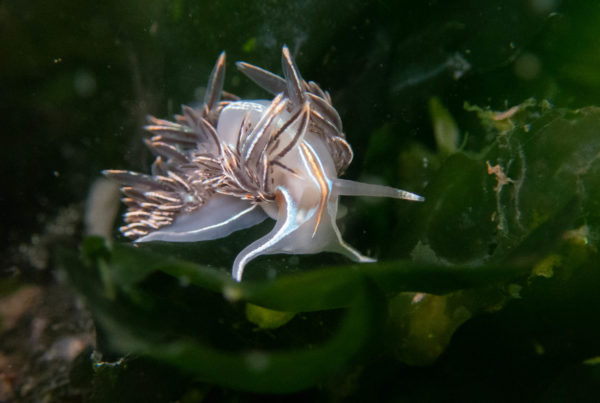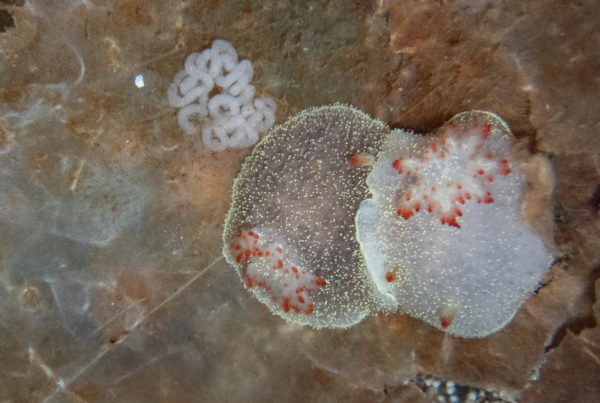Whenever we visit San Diego, one of the very first places we head is Balboa Park. This time was no exception and we arrived at the park early in the morning and started wandering around looking for wildlife. I heard and saw birds like California Towhees and Black Phoebes, but couldn’t find many bugs. Much of the park is highly manicured and the flowering plants had little wildlife visiting, despite the warm morning sun. We visited a couple of gardens finding not much more than a very large grasshopper. Although I’ve been to San Diego many times to visit family, I’d never been in the spring and I was eager to find butterflies. Seattle has had a very wet (wettest on record in fact) and cold spring with little bug life as yet and my hopes were high for something with six legs.
One of my favorite places in the park is the butterfly garden, more properly named the Zoro Garden, and the only Monarch butterfly I’d ever seen was there. In our part of the Pacific Northwest, we are one of the only regions in the entire country devoid of Monarchs. As soon as we started walking down the path to the garden I spotted Monarchs flying around in the sun. Only one corner of the garden was in the sunshine and that’s where the butterflies seemed to be congregating so I stopped and watched. The lone Monarch I’d seen was in the winter and was a faded and dull looking specimen. These by contrast were bright orange and full of life. At any given time two or three were flitting through the flowers and I had ample opportunity to watch them drinking nectar and chasing one another.
On the ground, many Western Fence Lizards basked, did territorial push-ups or ran around. Up high in the eucalyptus, Cedar Waxwings called and flitted. Among the flowers I spotted one Cabbage White butterfly and several tiny skippers. But my moment of joy came when I spotted a sphinx moth, also known as a hummingbird moth. I had never seen one and suddenly there it was, hovering, buzzing like a hummingbird from flower to flower. I watched it for a brief minute or two before it disappeared. I waited for it to return and instead found a Western Tiger Swallowtail and the tail end of another butterfly I couldn’t identify.
Eventually we left the Zoro Garden to take our daughter to the large pond by the conservatory. At the far end of the pond a floral bed was planted with a very colorful group of flowers and I noticed several butterflies. I stopped to take photos and found a Mourning Cloak butterfly and another I found out later was a Red Admiral. Then I saw the hovering again of the sphinx moth and I followed it once more. Just as quickly it flew away and I returned my attention to the butterflies.
After visiting the Natural History Museum (post coming later), we exited and I noticed a patch of of purple flowers buzzing with insects. As I drew closer I discovered once again the sphinx moth, but this time many of them. And they didn’t fly away, this time there were plenty to watch and photograph. I learned later they were White-lined Sphinx Moths (Hyles lineata). They had thick brown bodies shaped like stubby cigars, held aloft by streamlined wings. As they hovered, their blurred wings threw off a bright reddish color. Thanks to a fast shutter speed I was able to study those wings in detail later. The color is subtle, just a thick, light red strip on the hindwing, but in motion it really flashes. I was quite smitten with the moths, so much so that my family left me taking photos to get our rental car and come pick me up.
I realized they must be very common this time of year in San Diego and that evening, as we visited with family, I watched out the window and found another large gathering of the sphinx moths right outside their house as dusk fell. Later, a family member told me she had to chase three out of the house that night. One person’s pest is another’s treasure.


